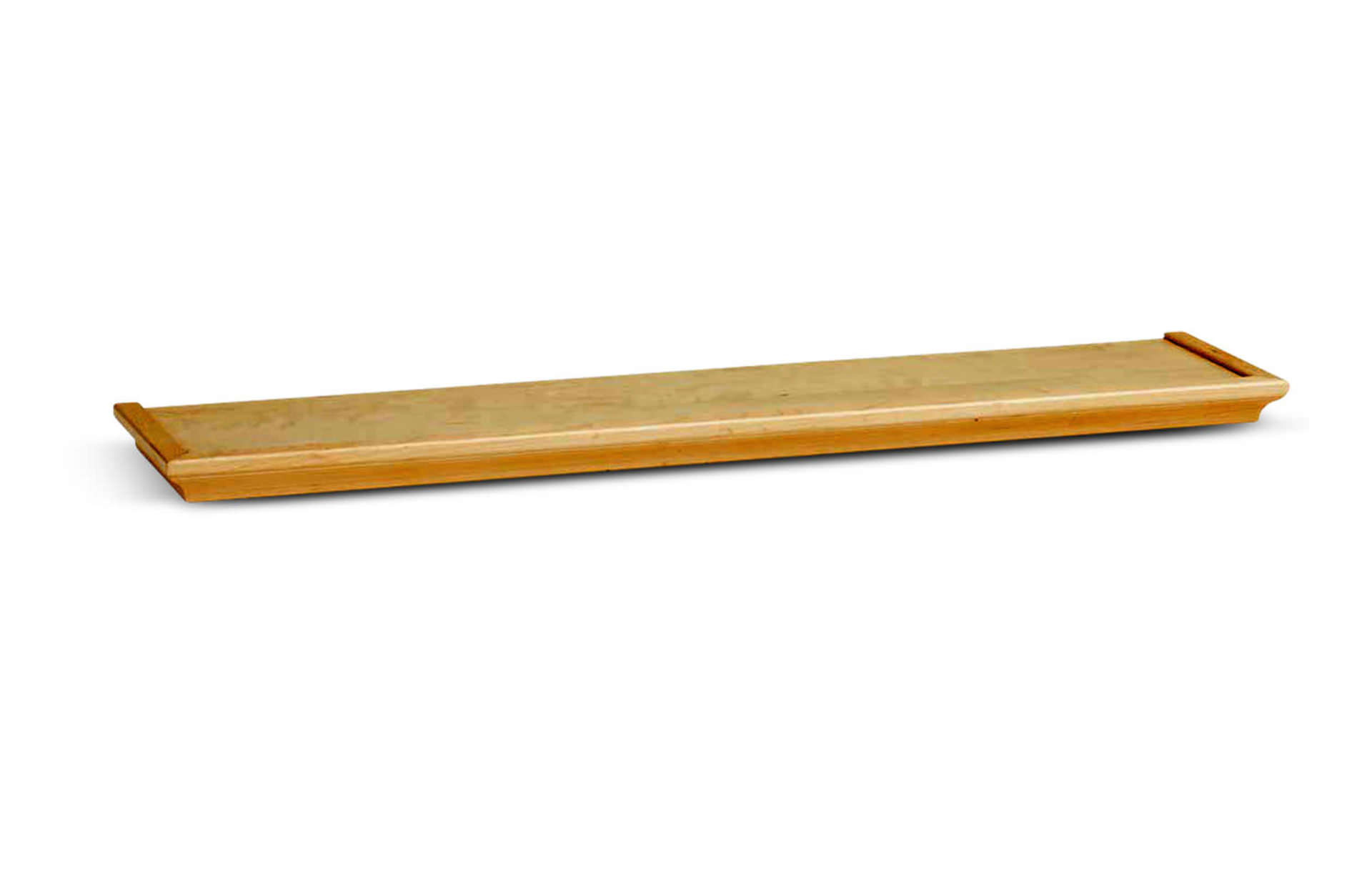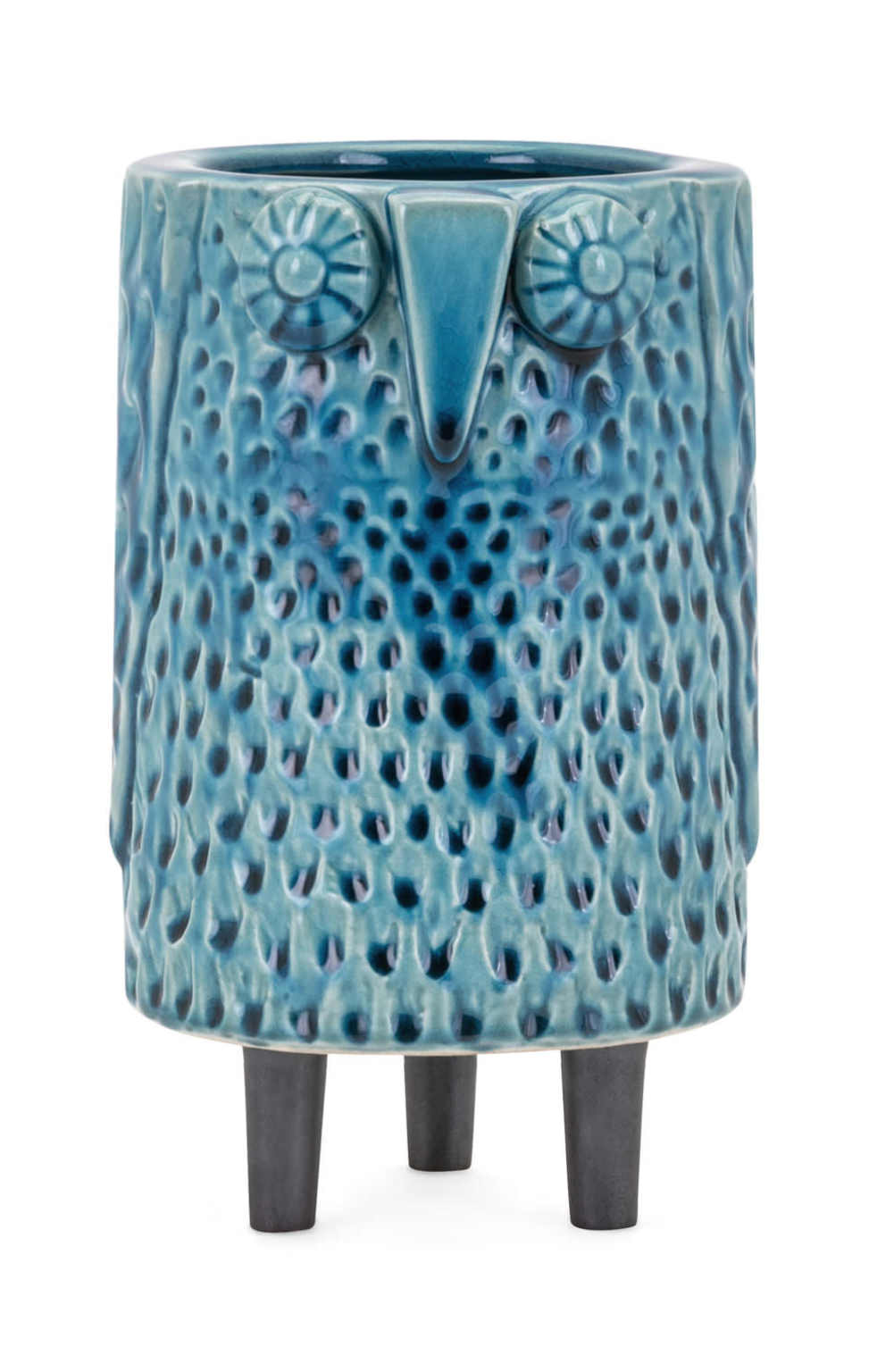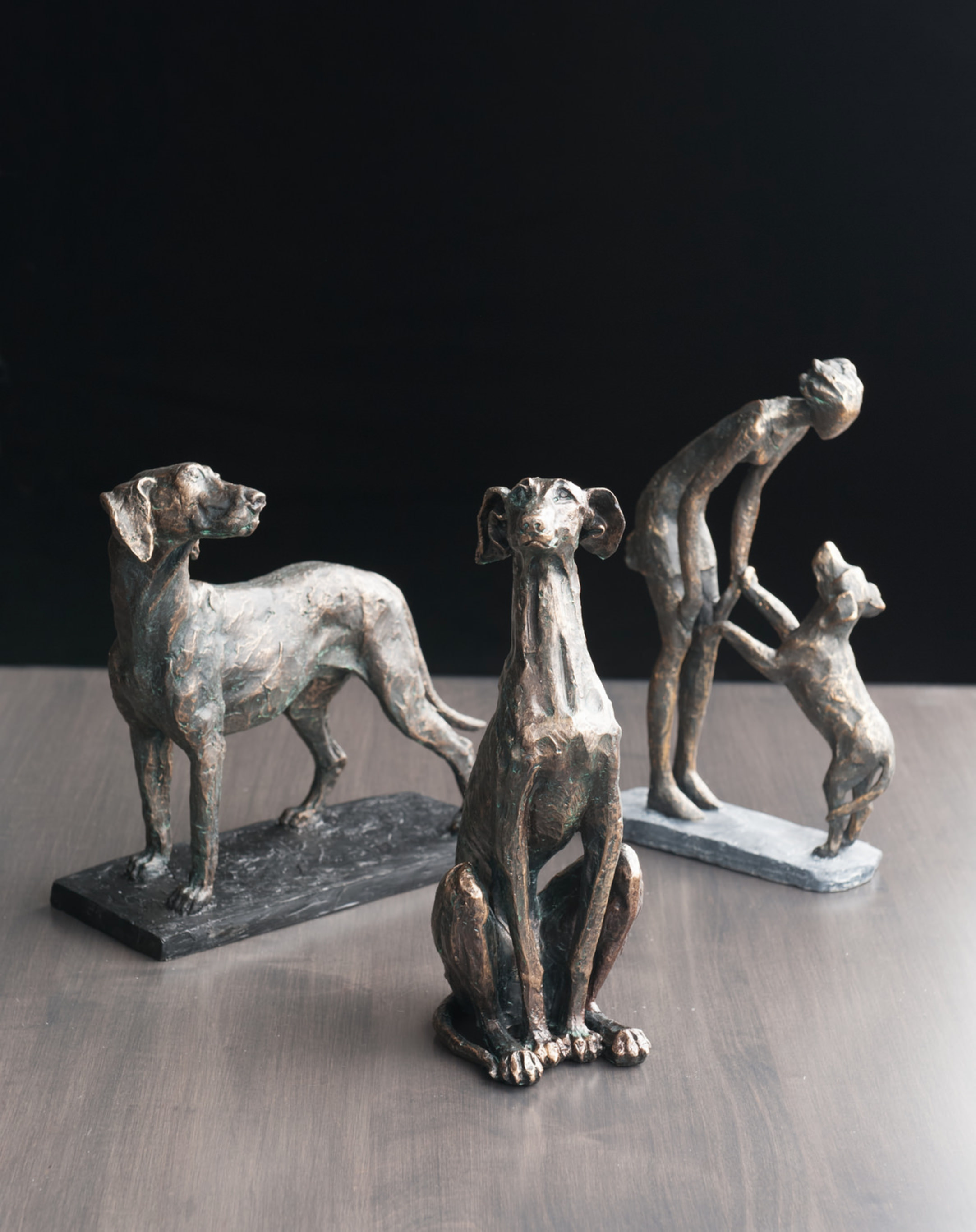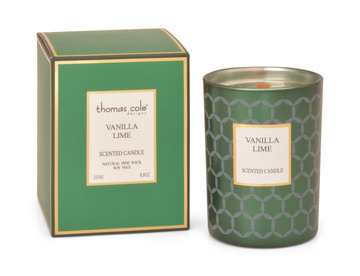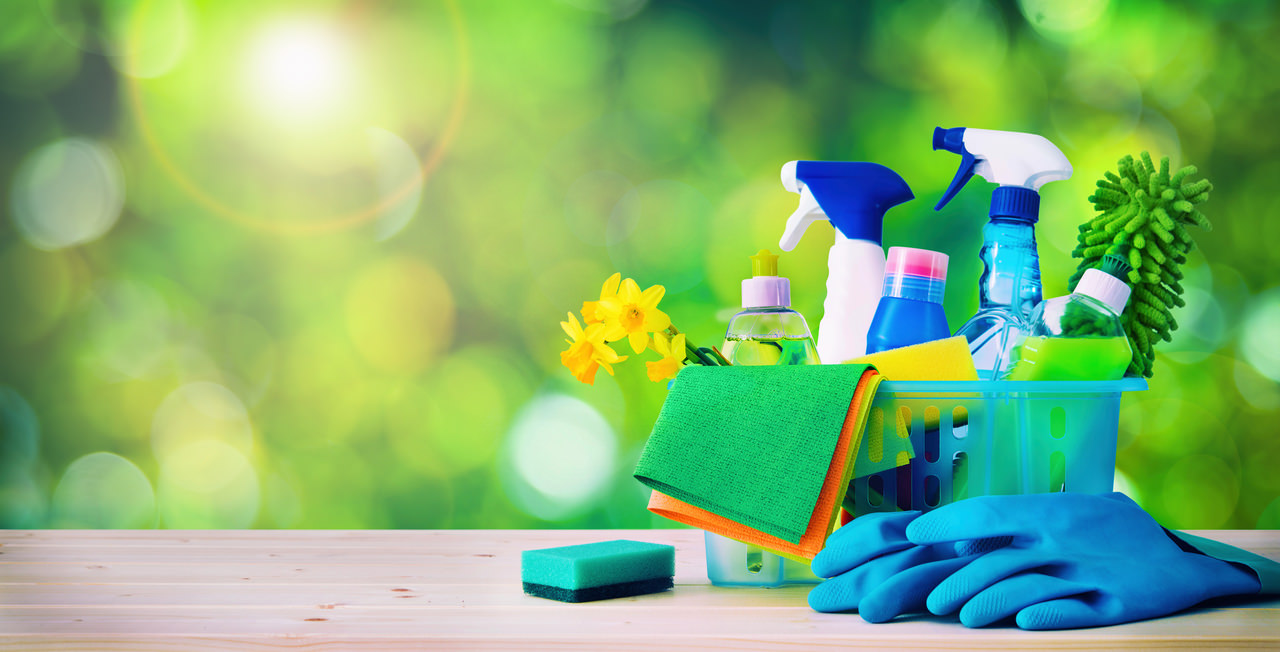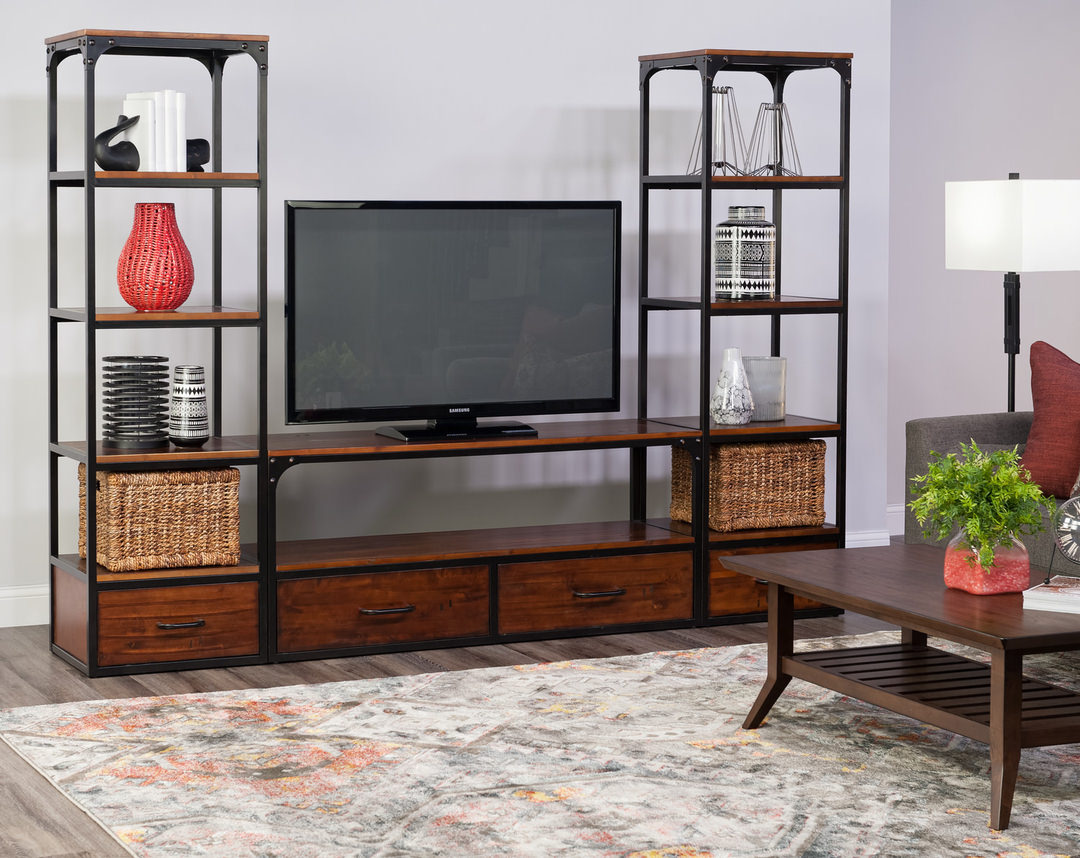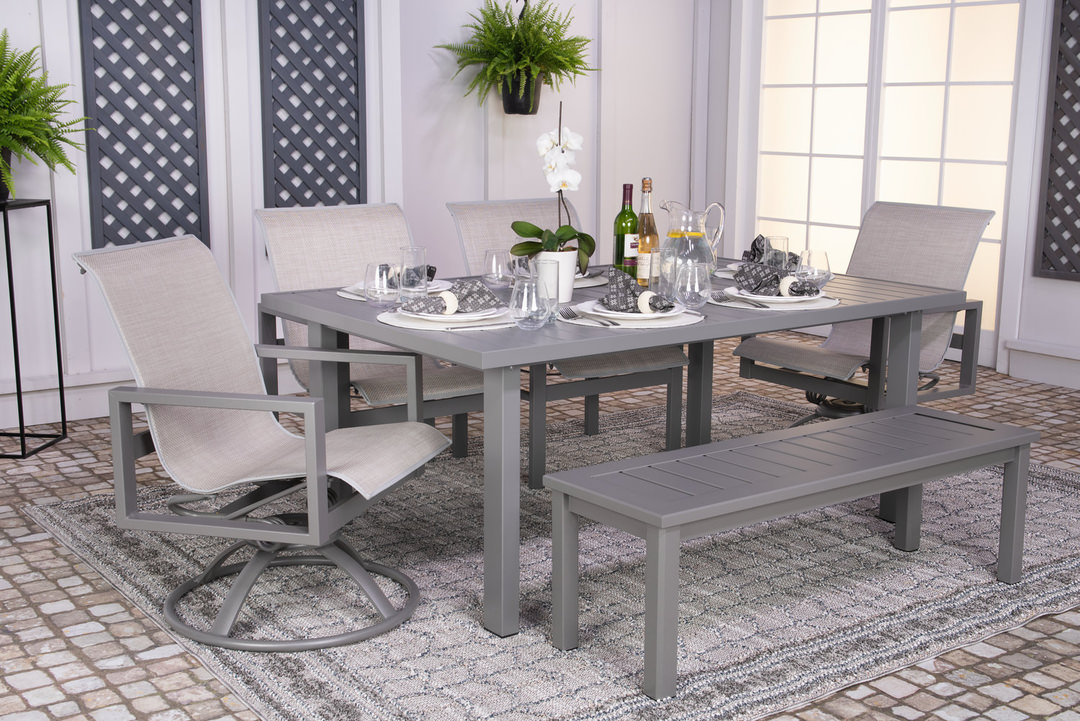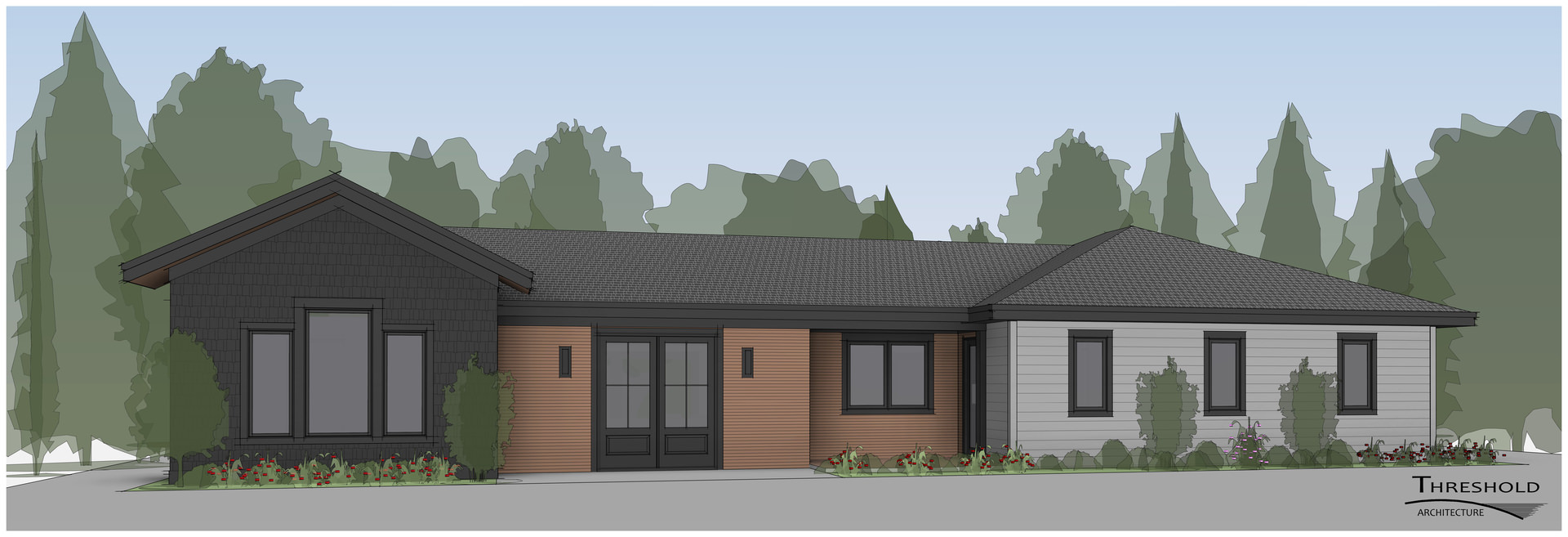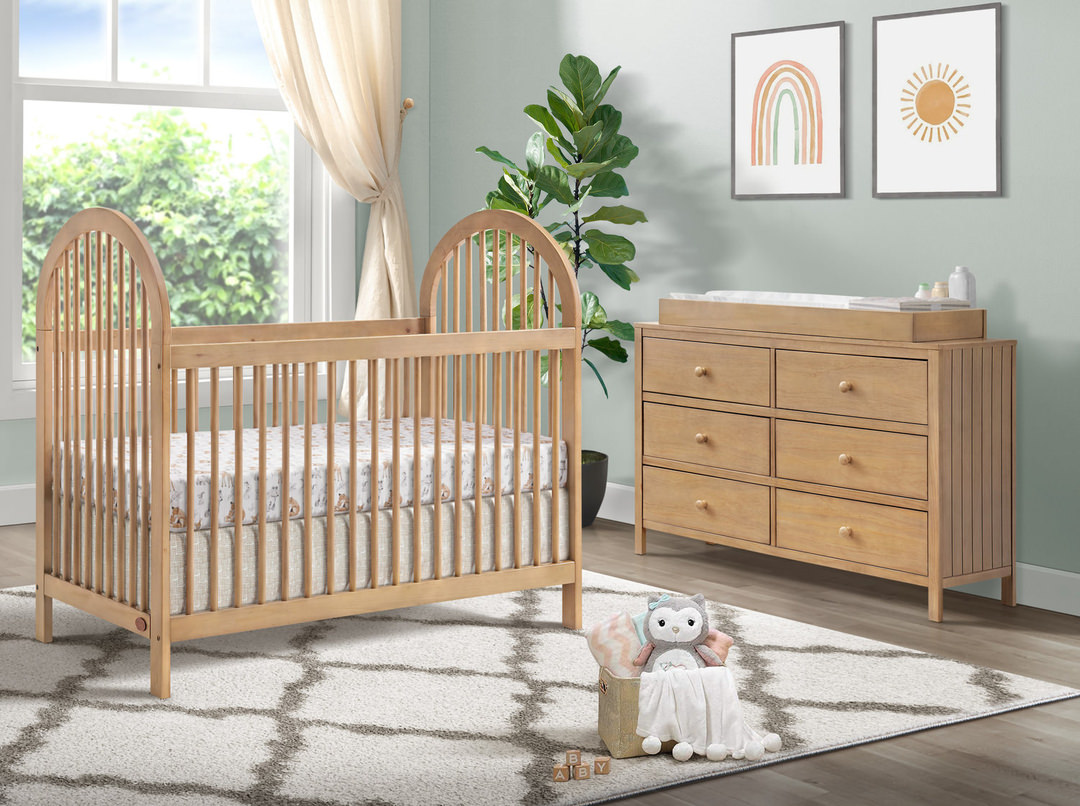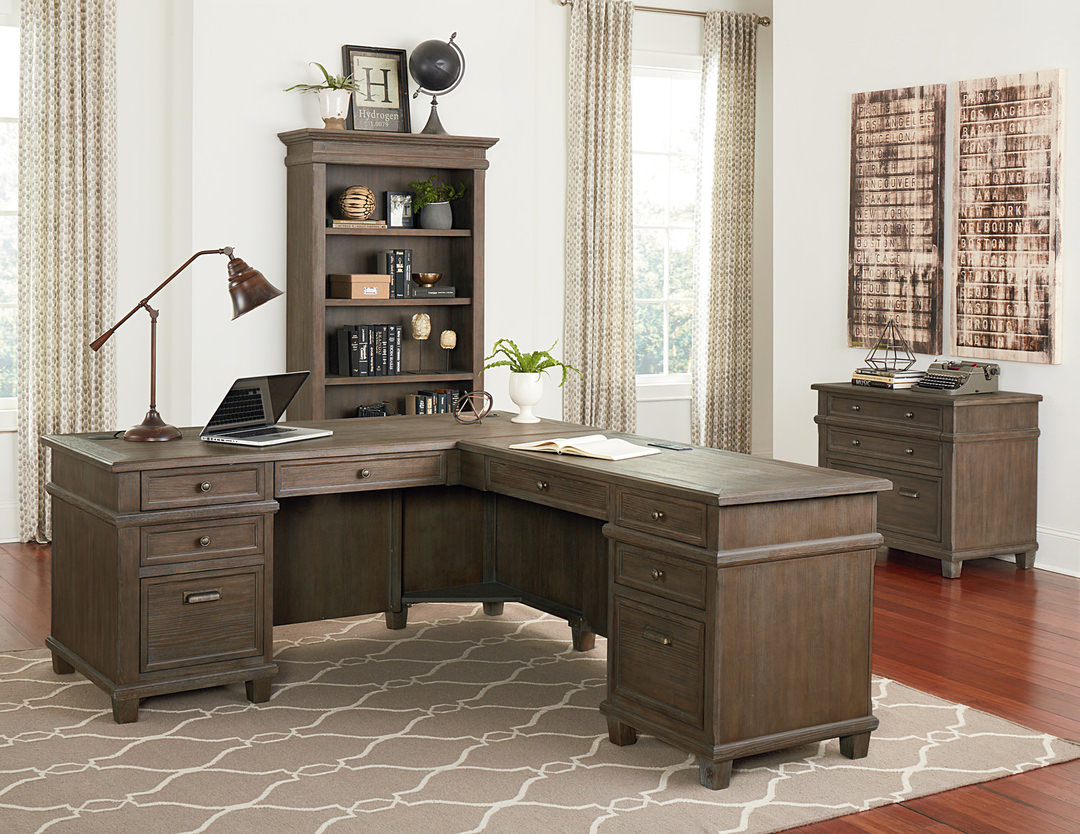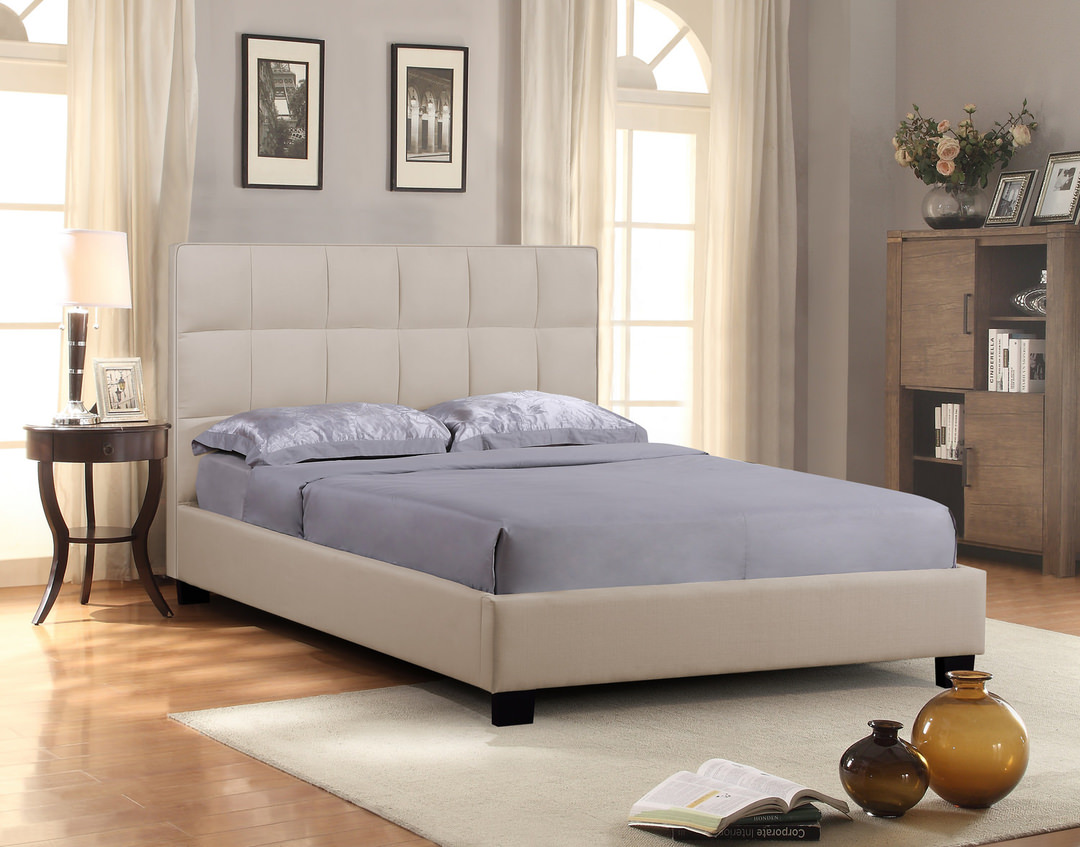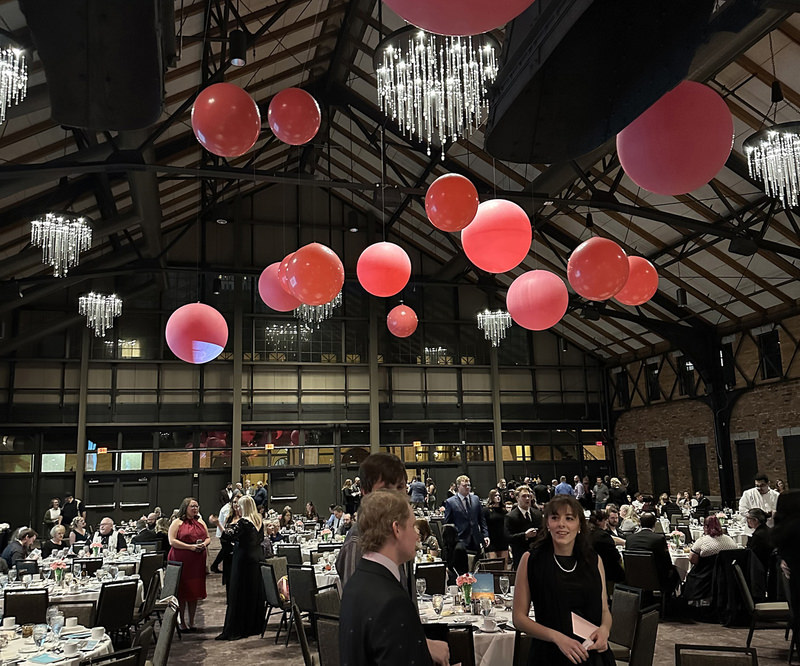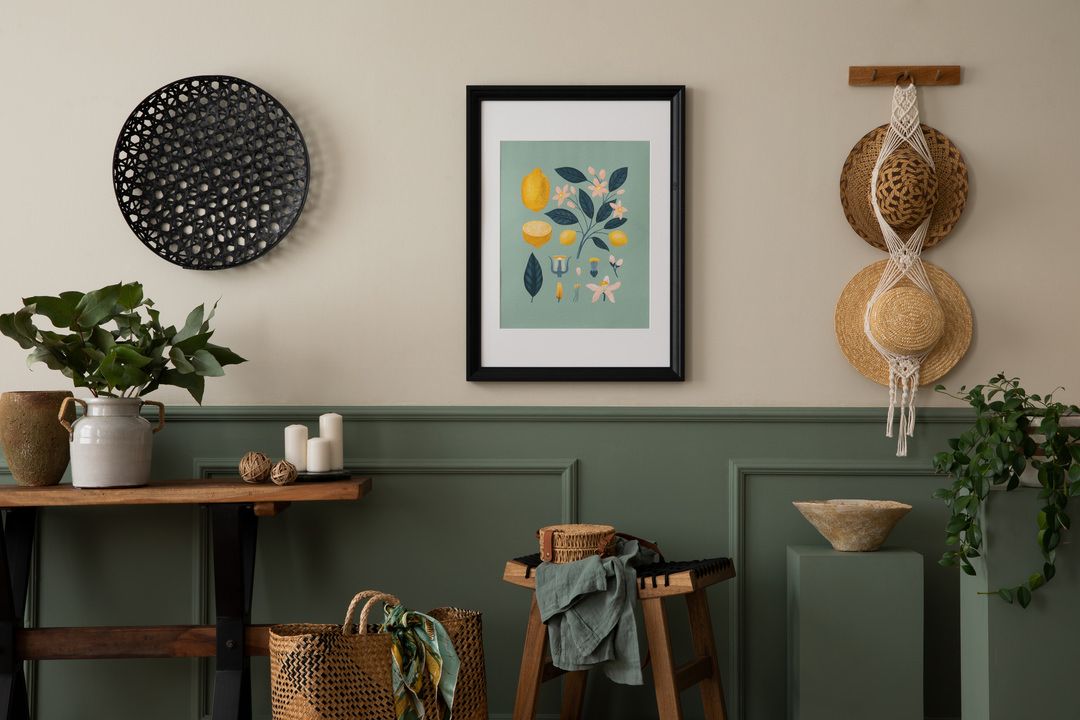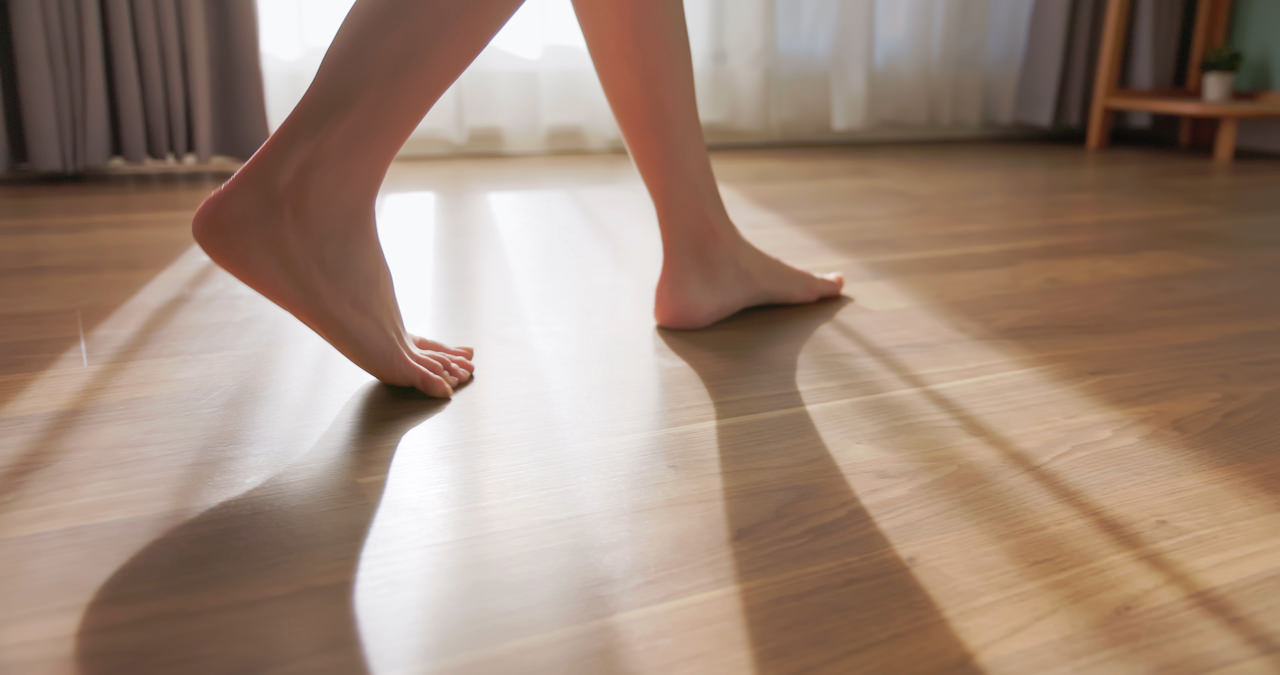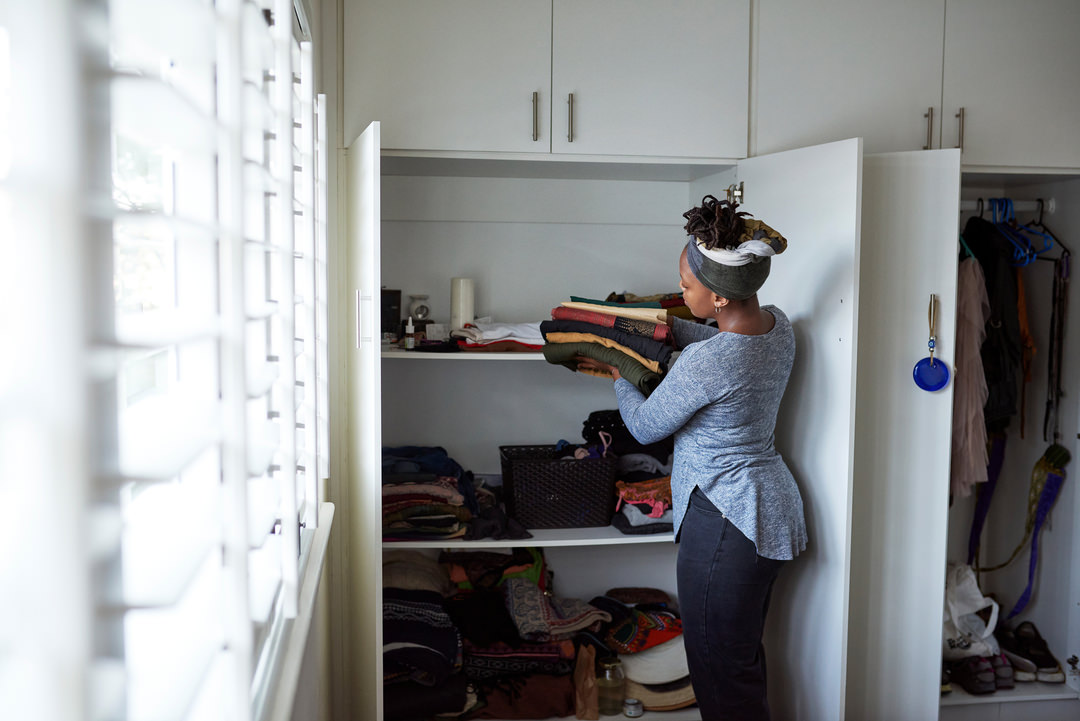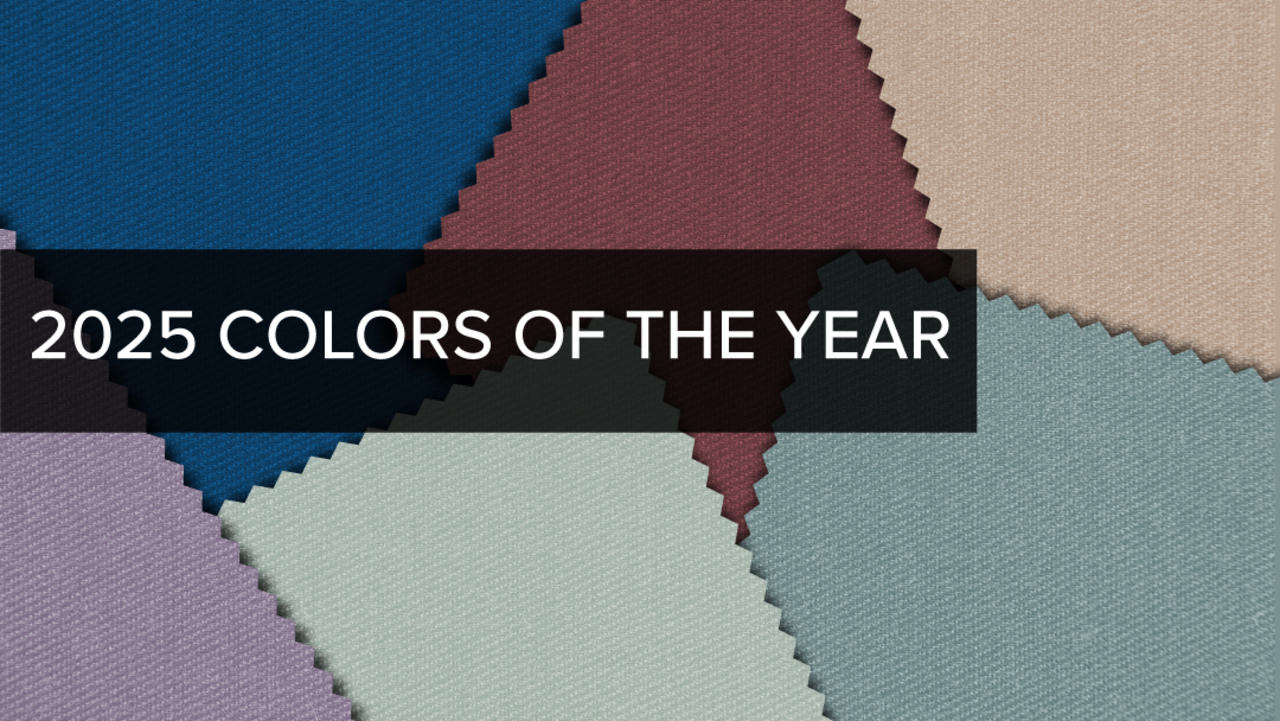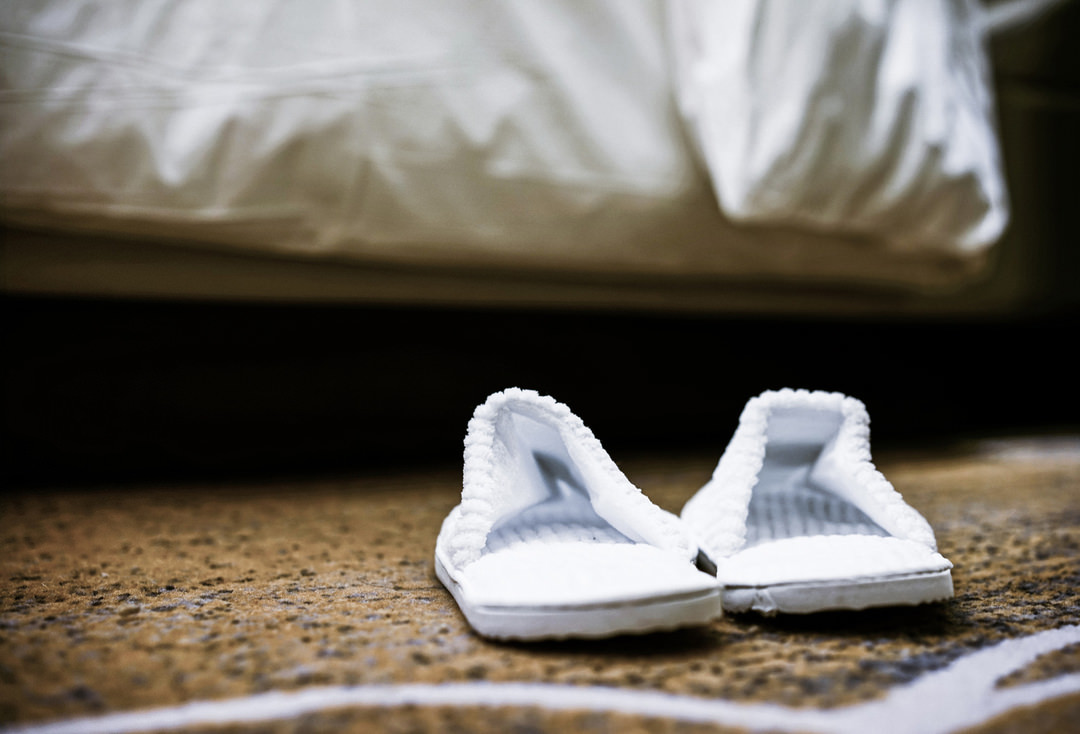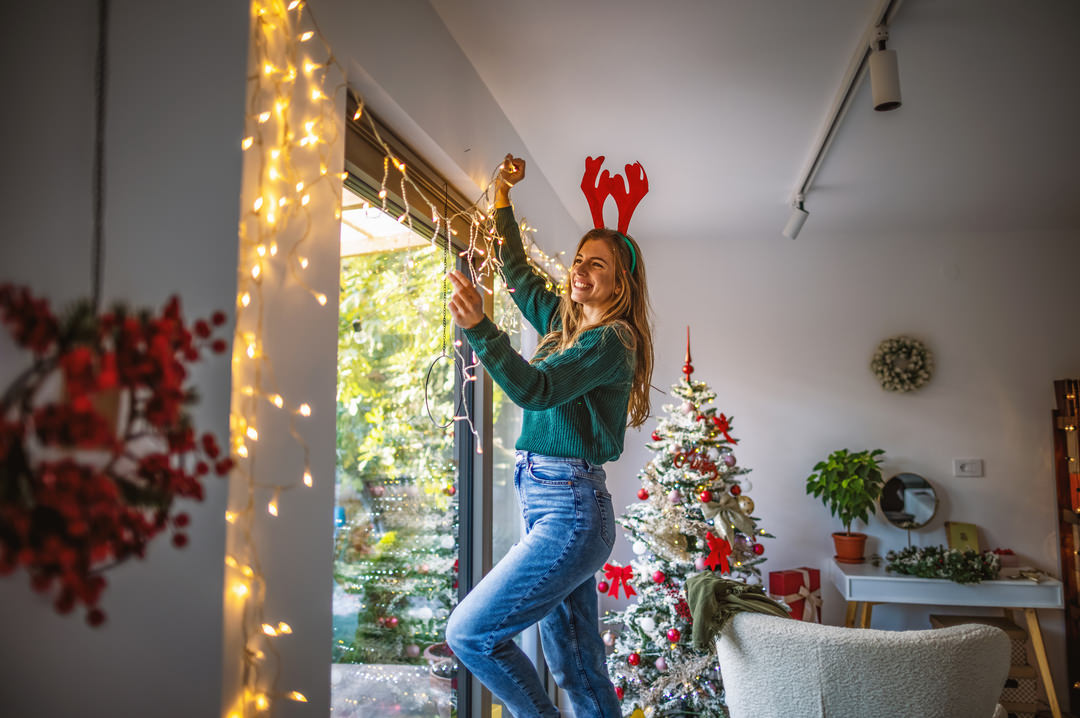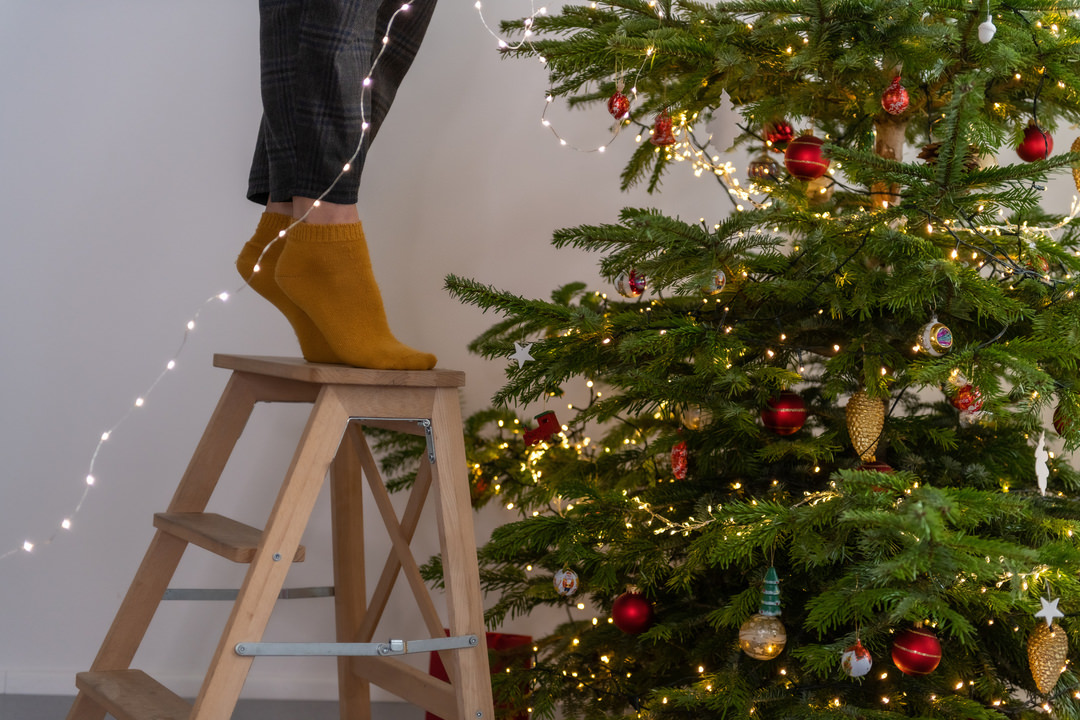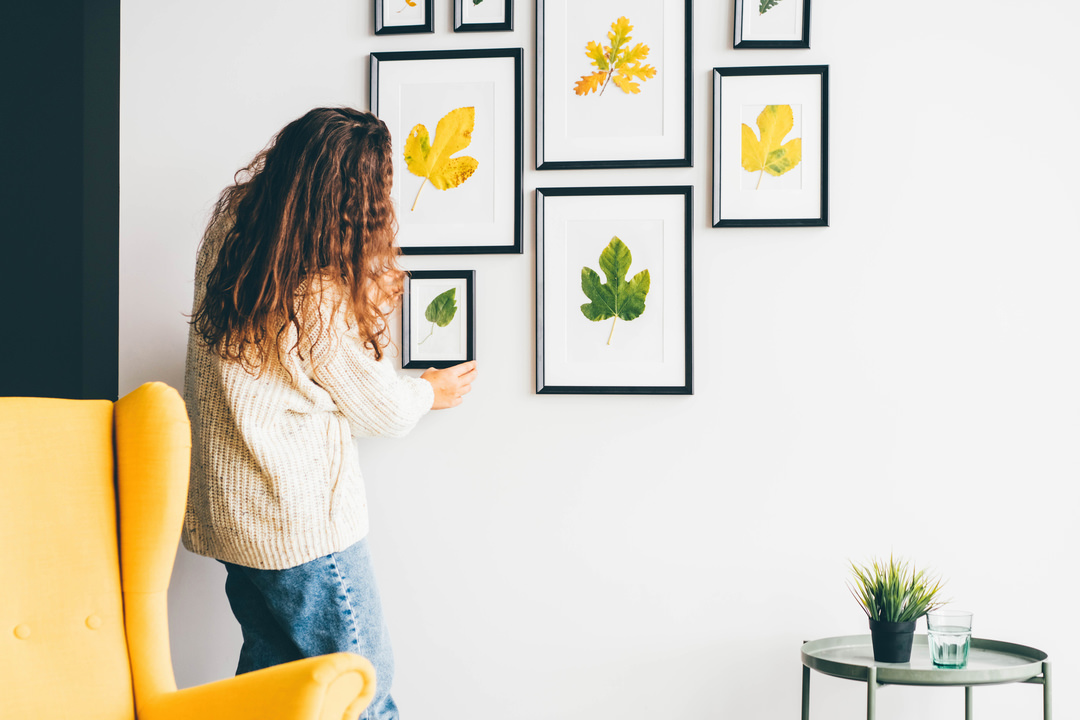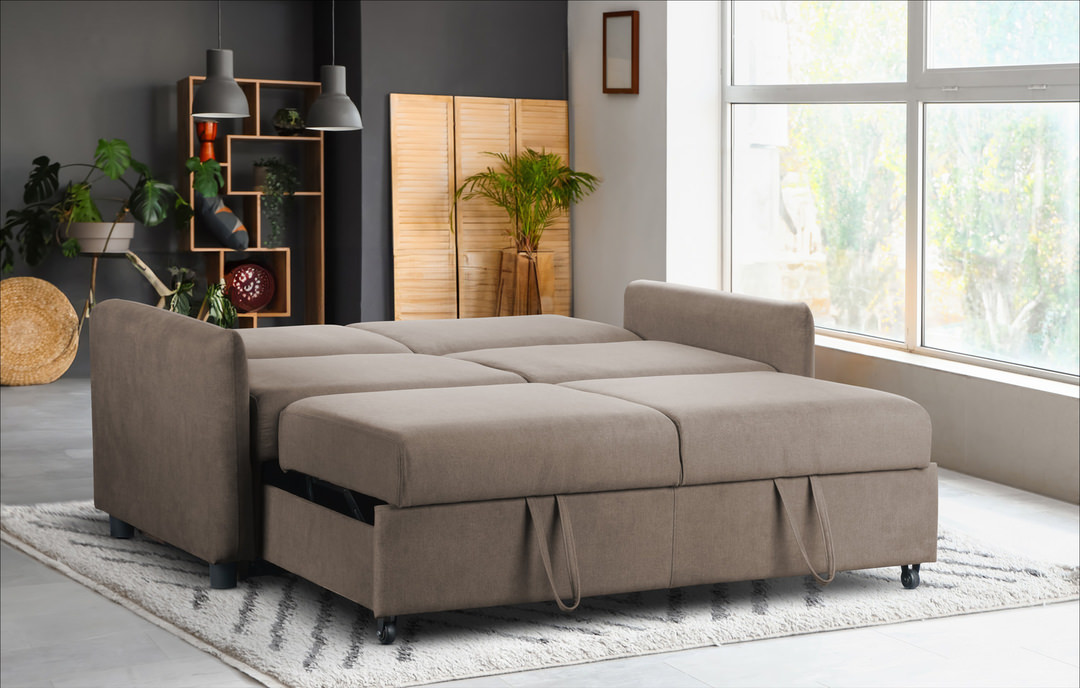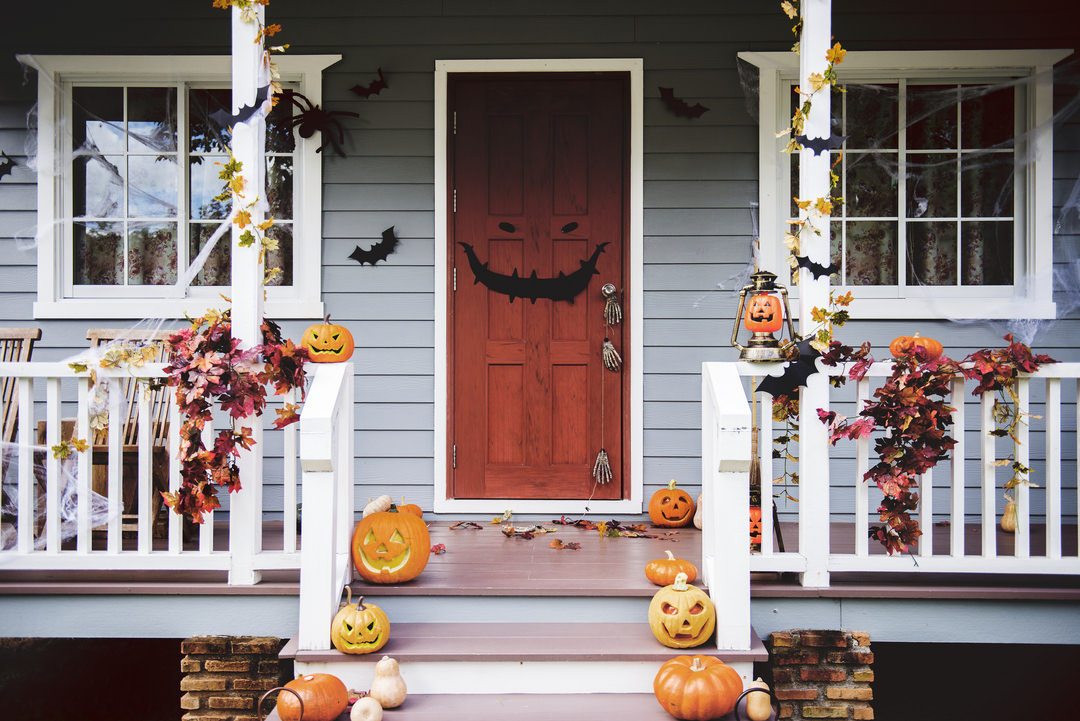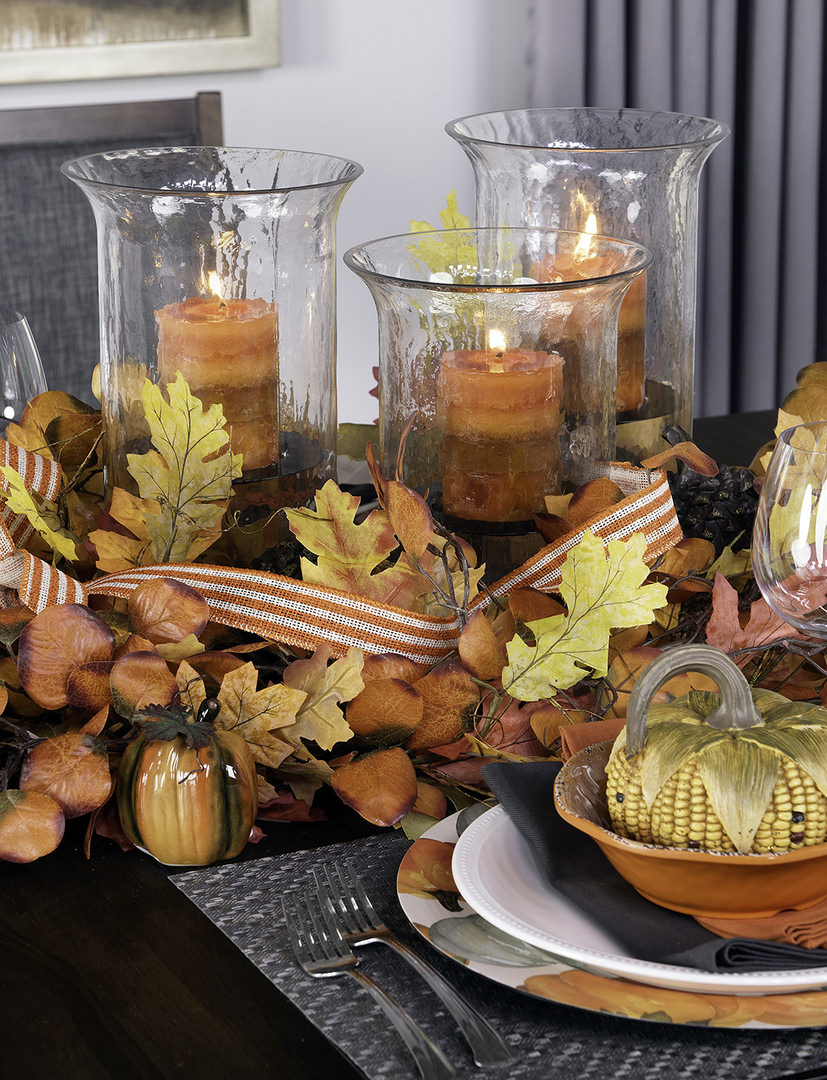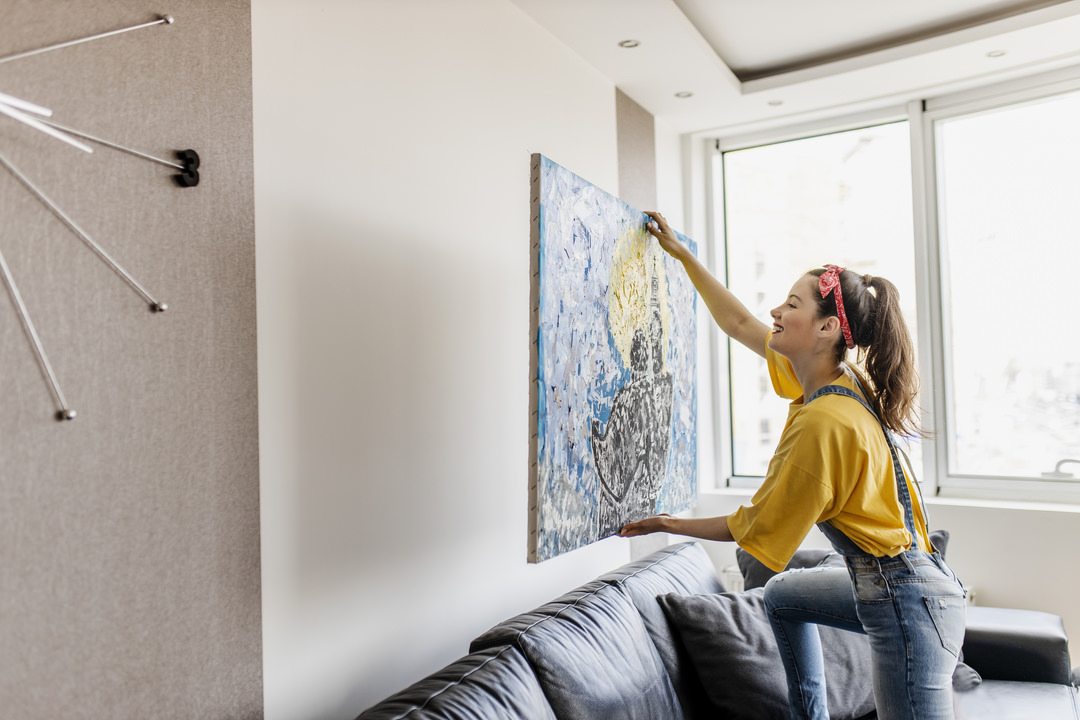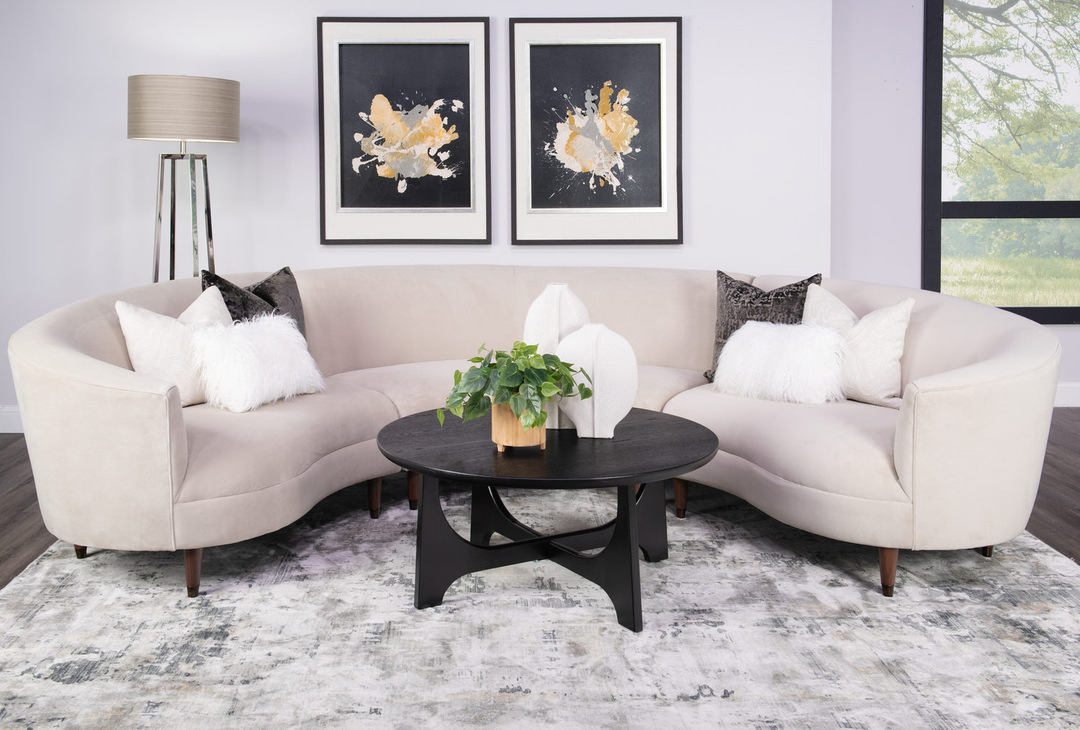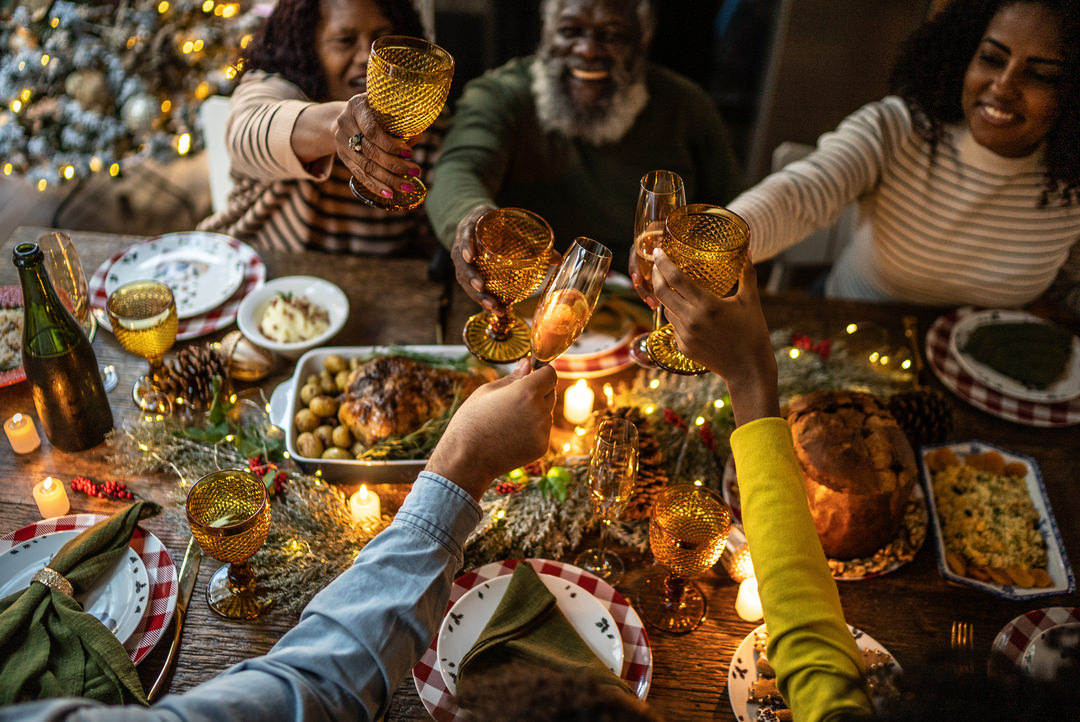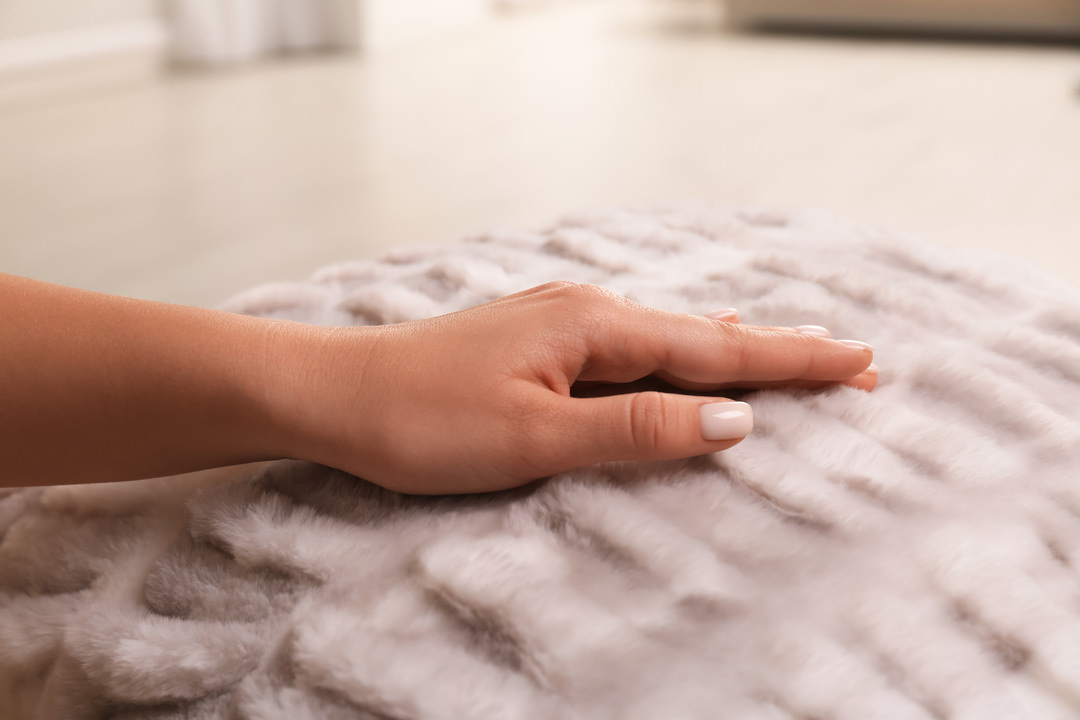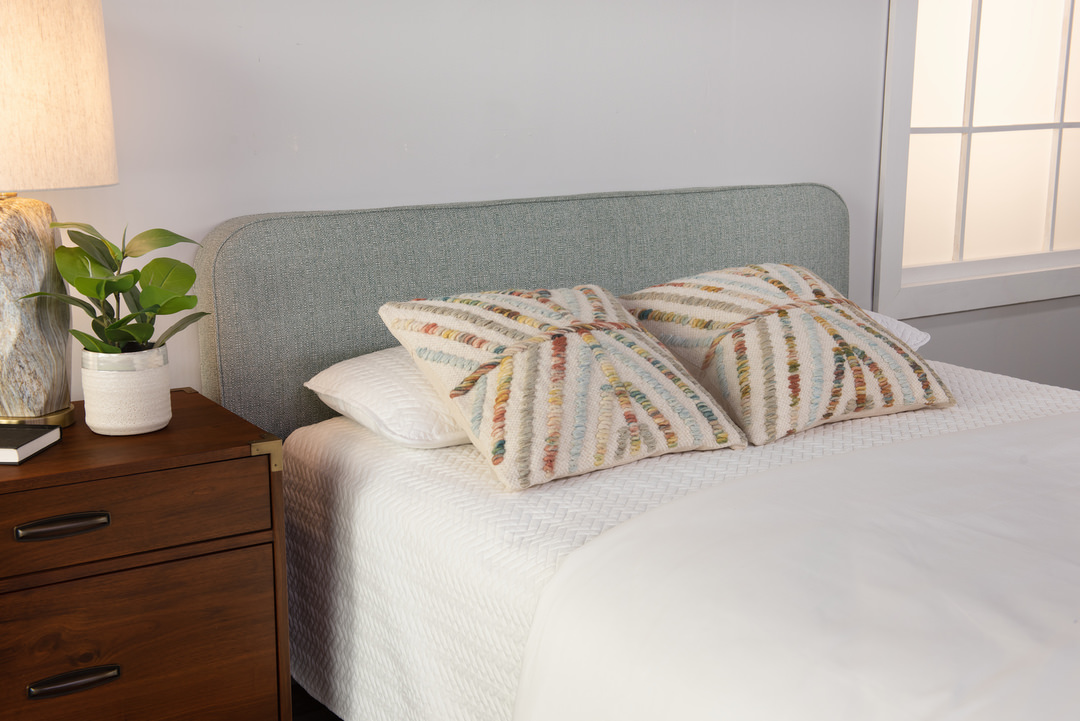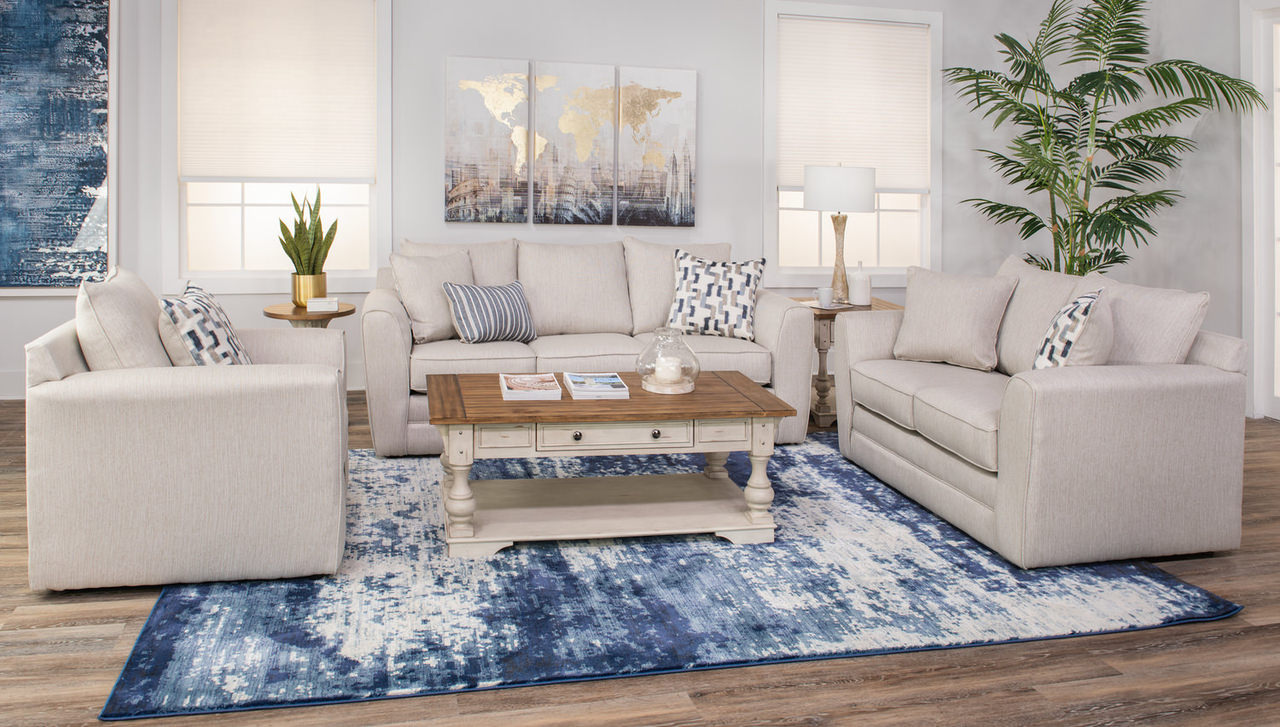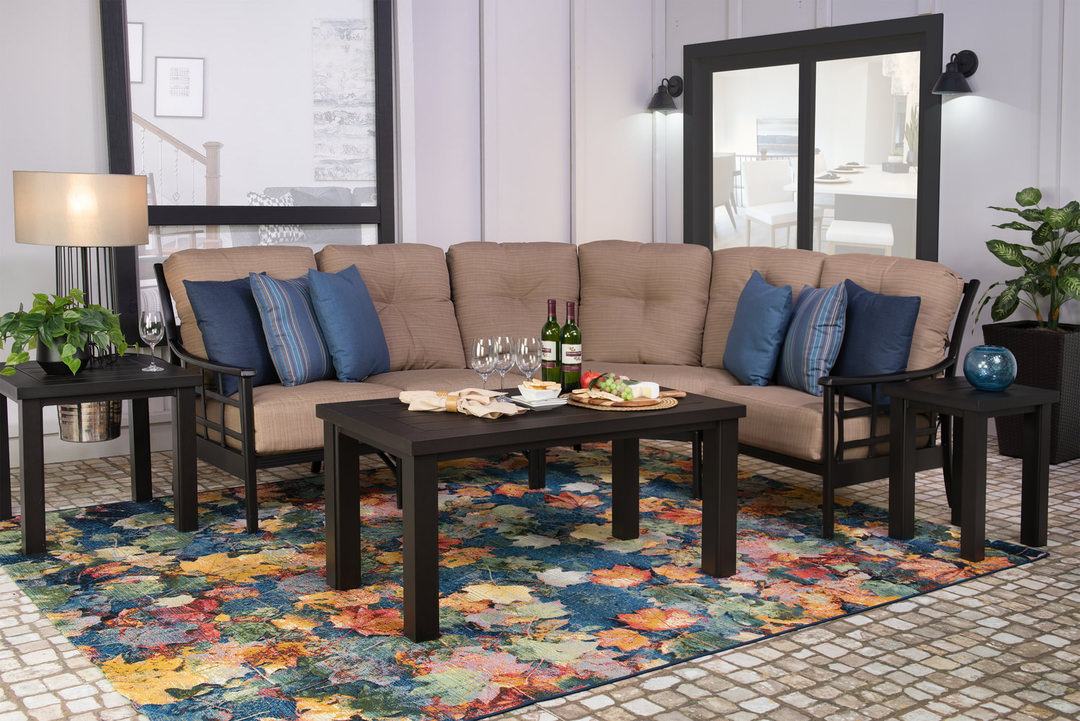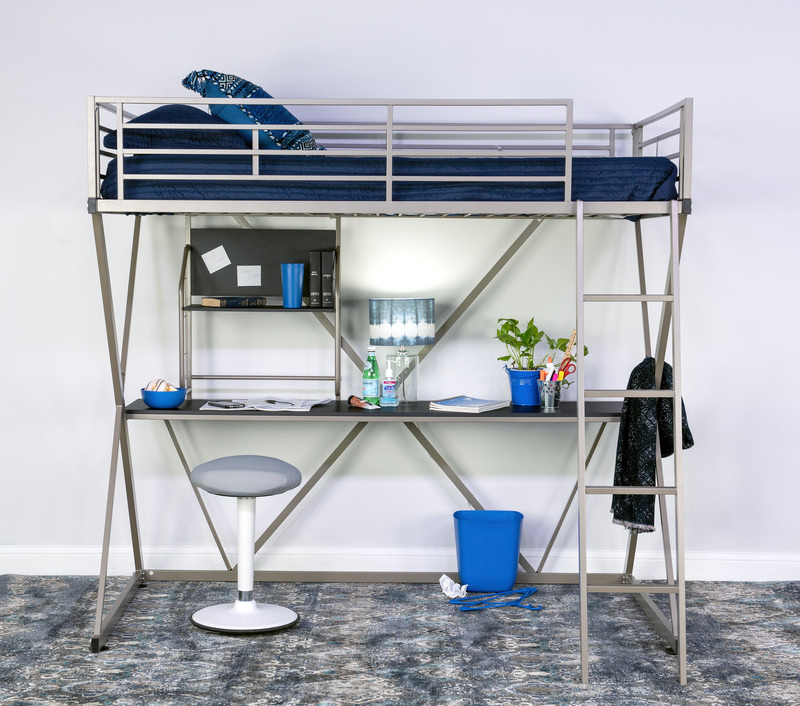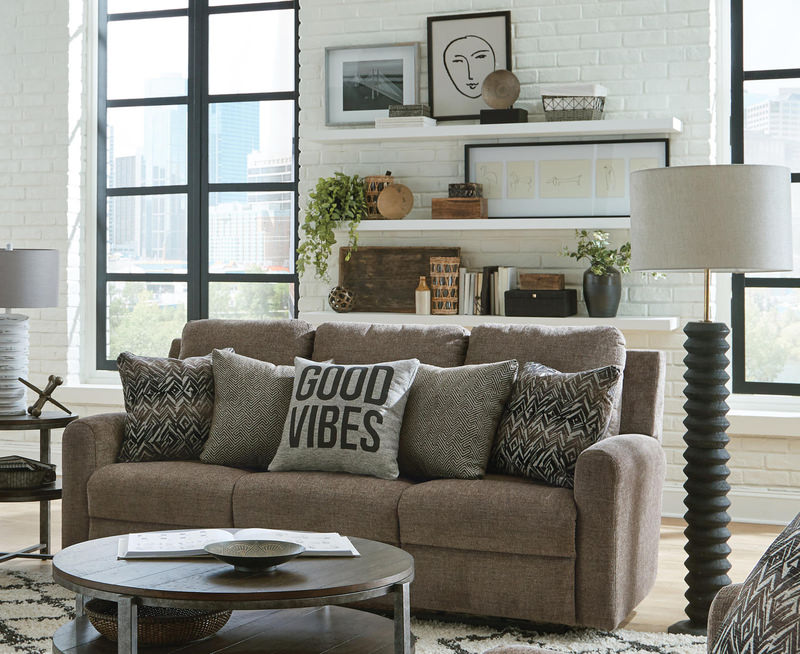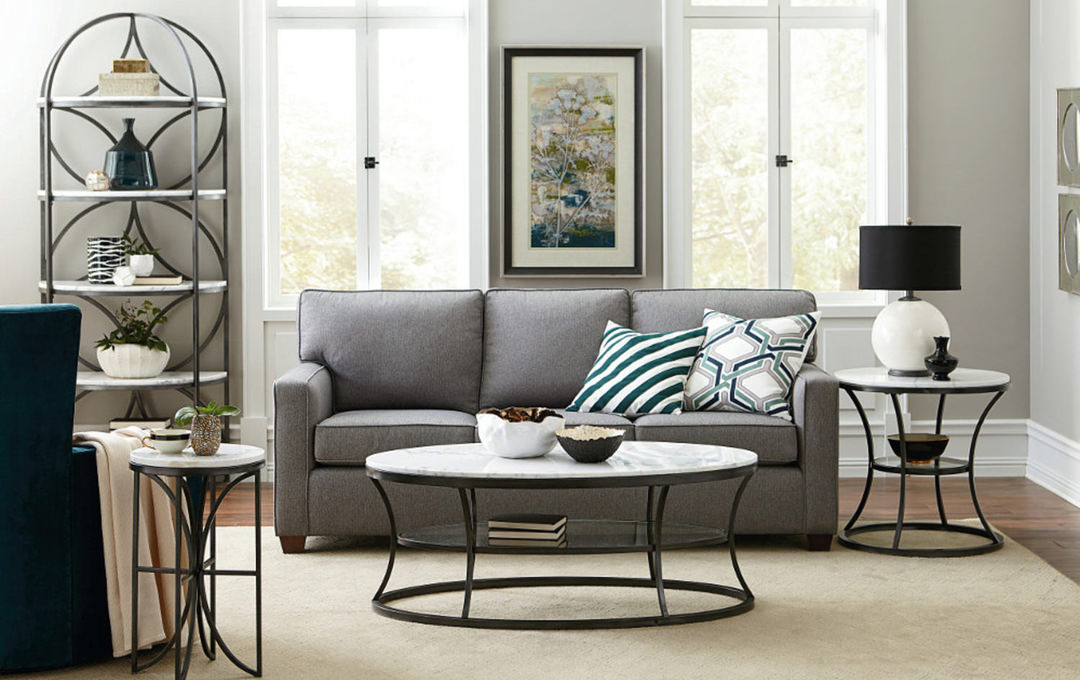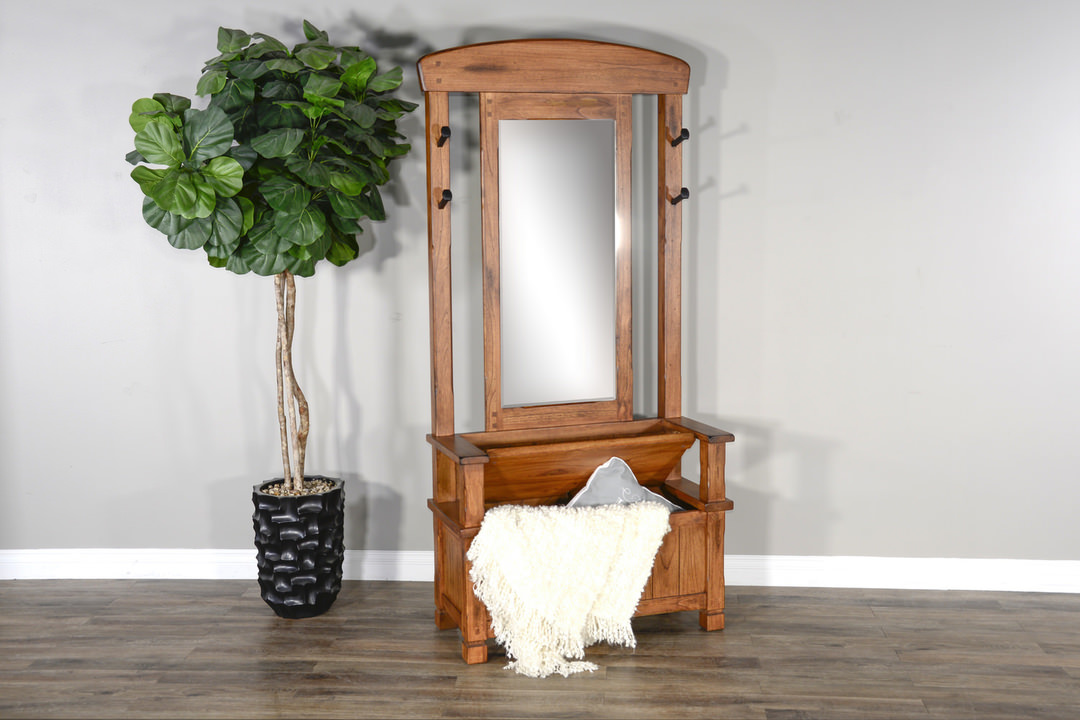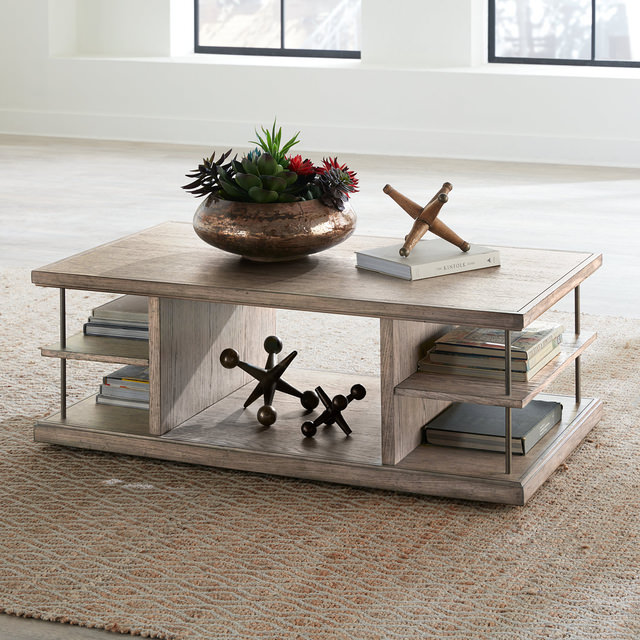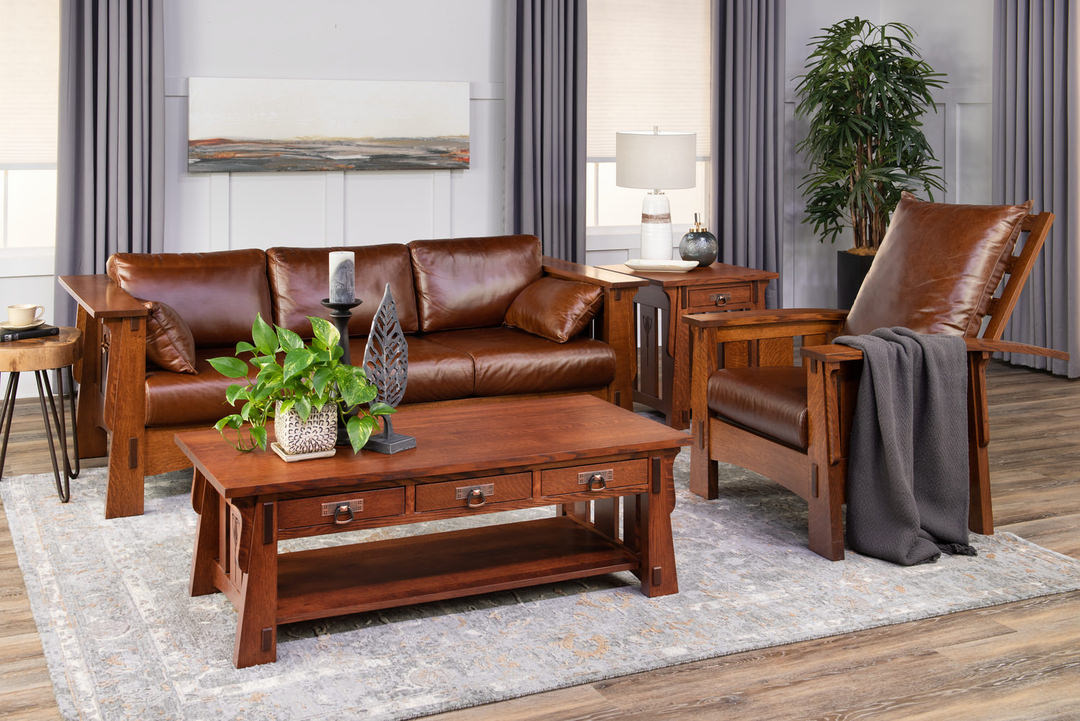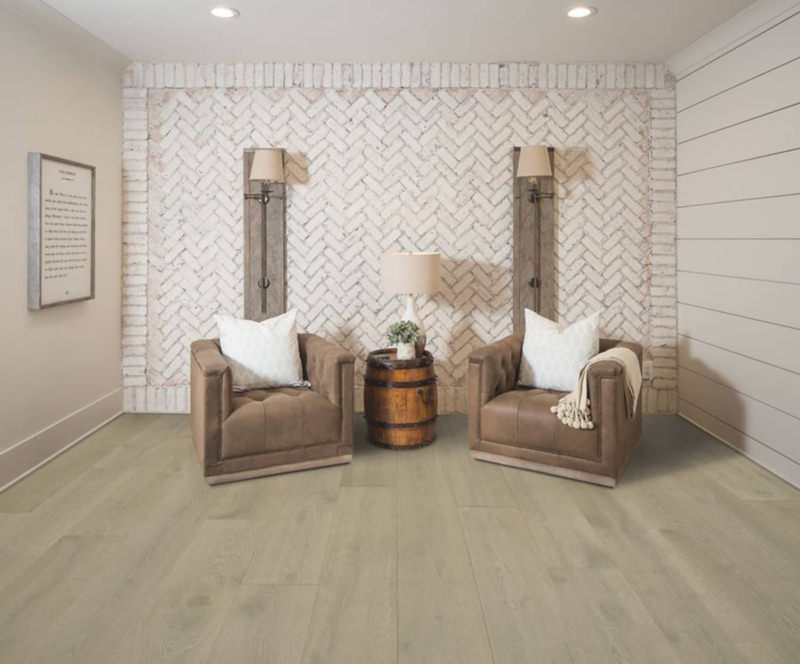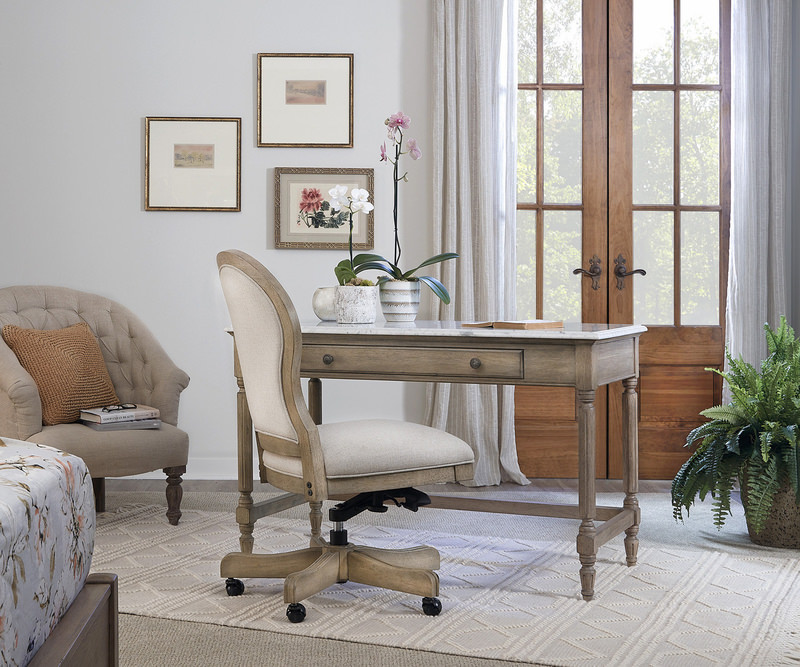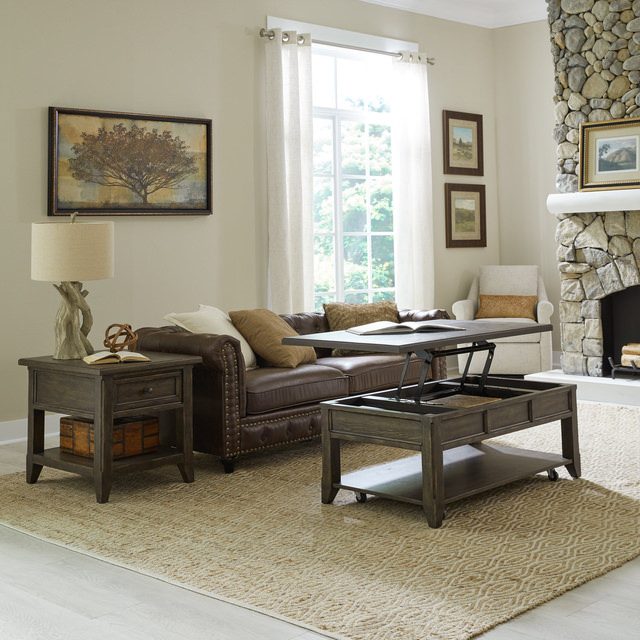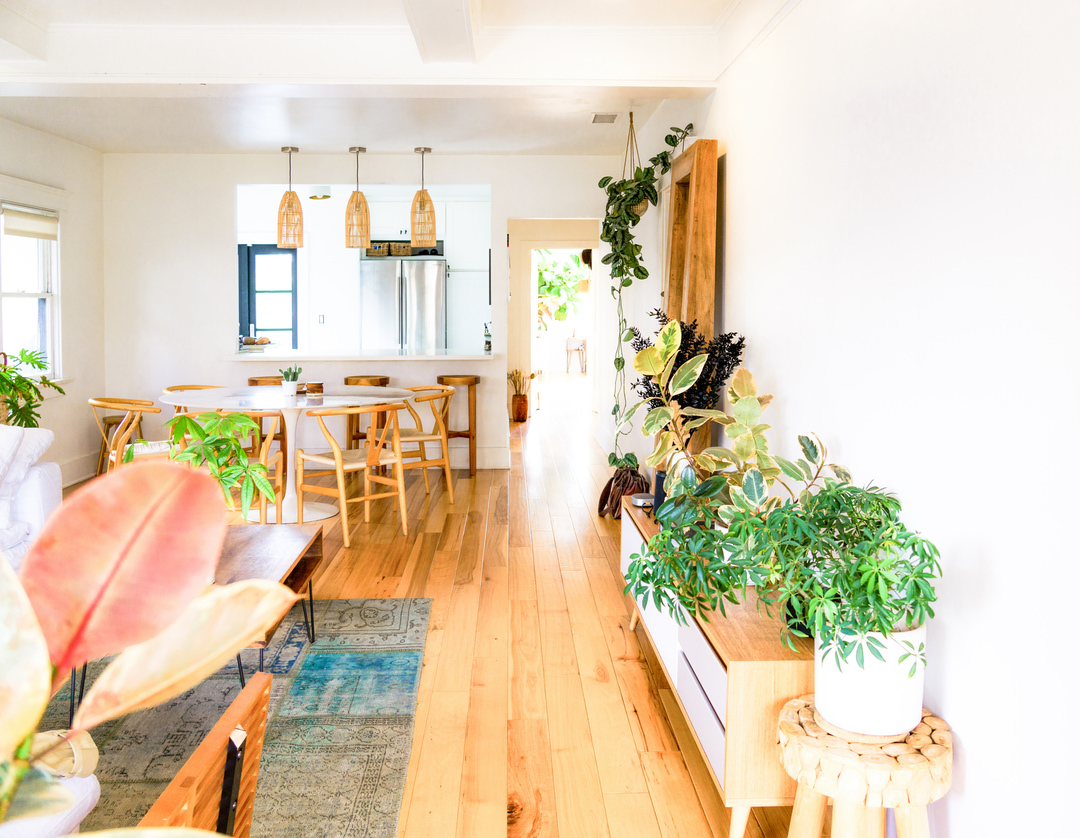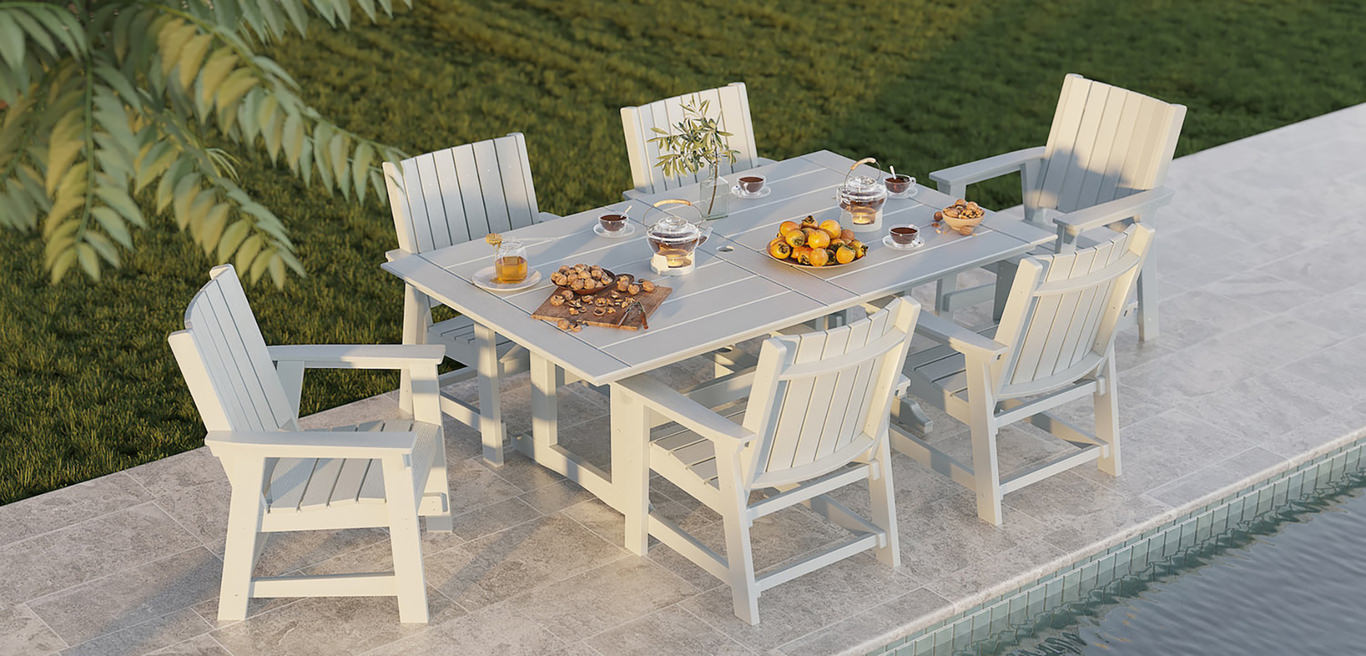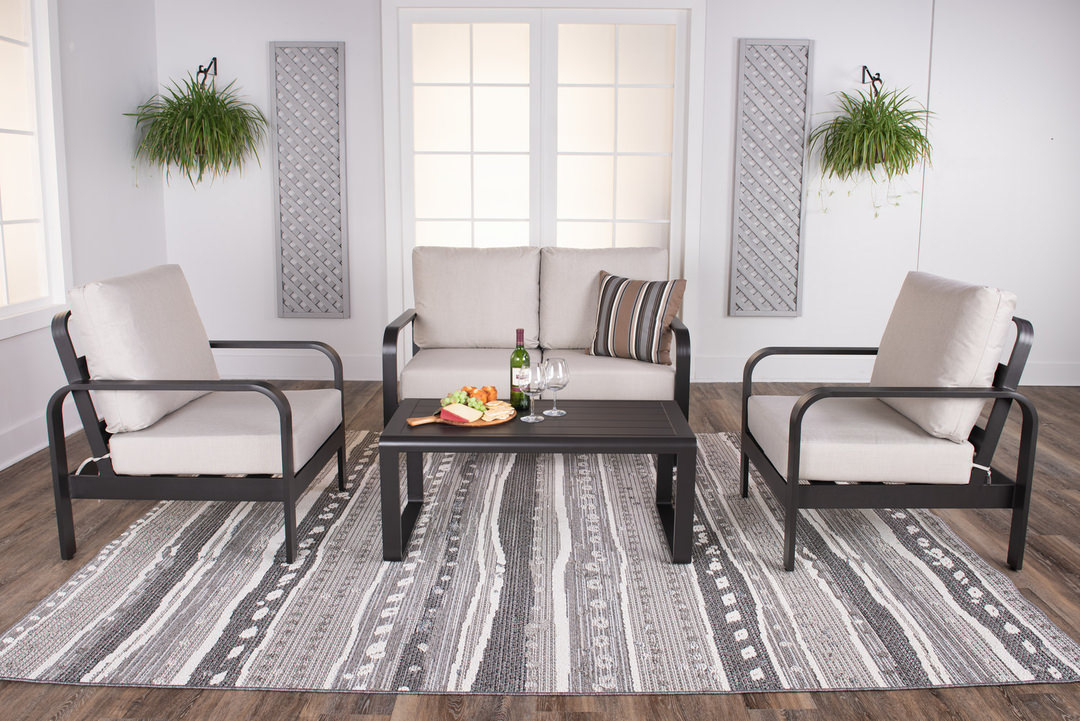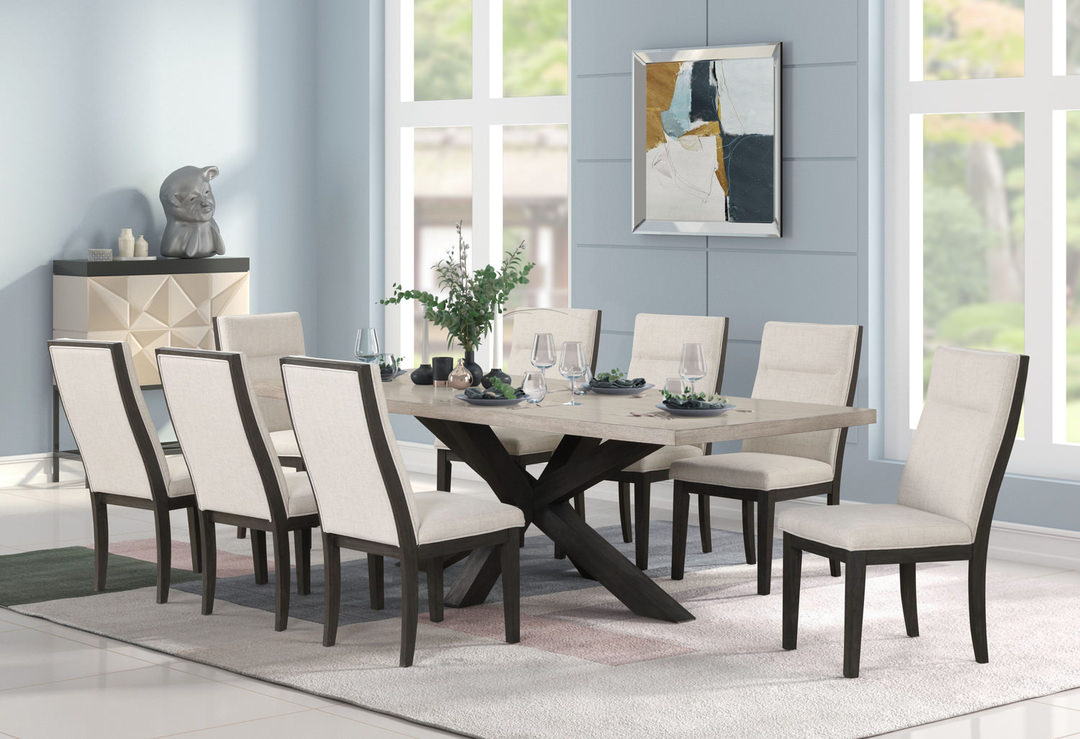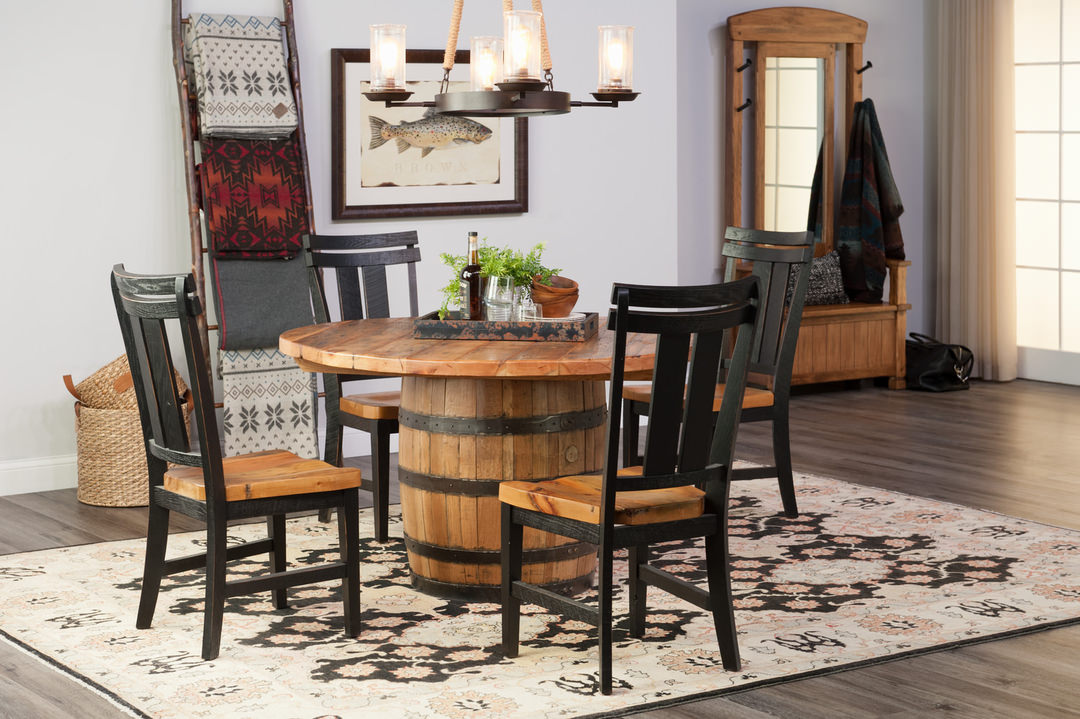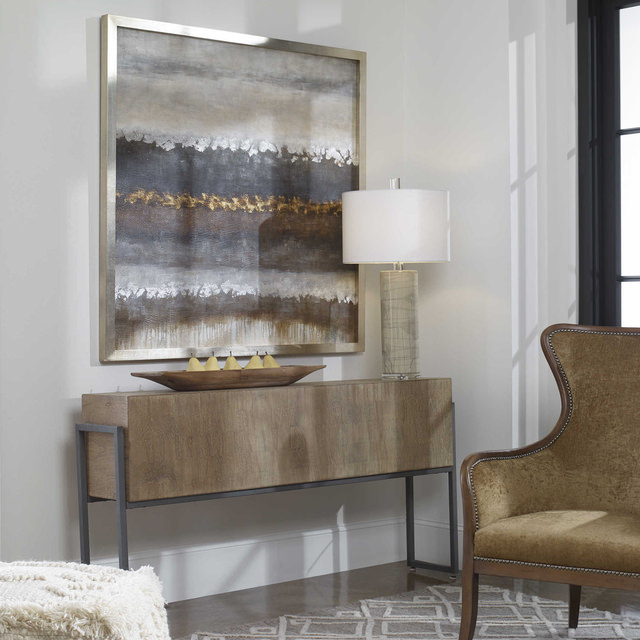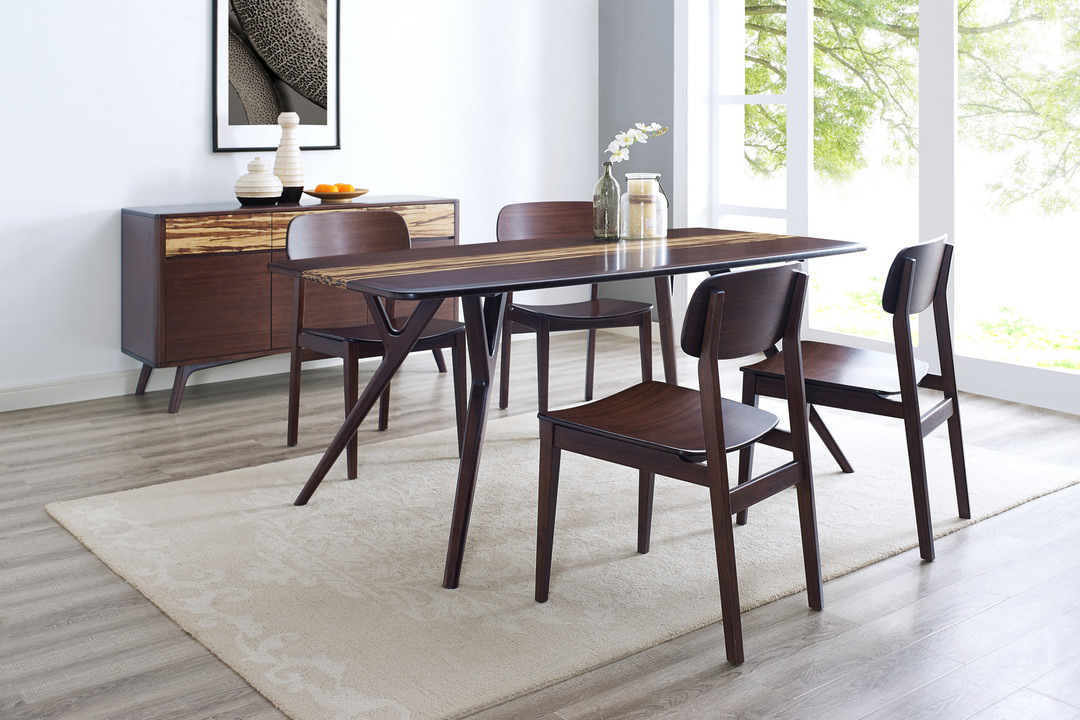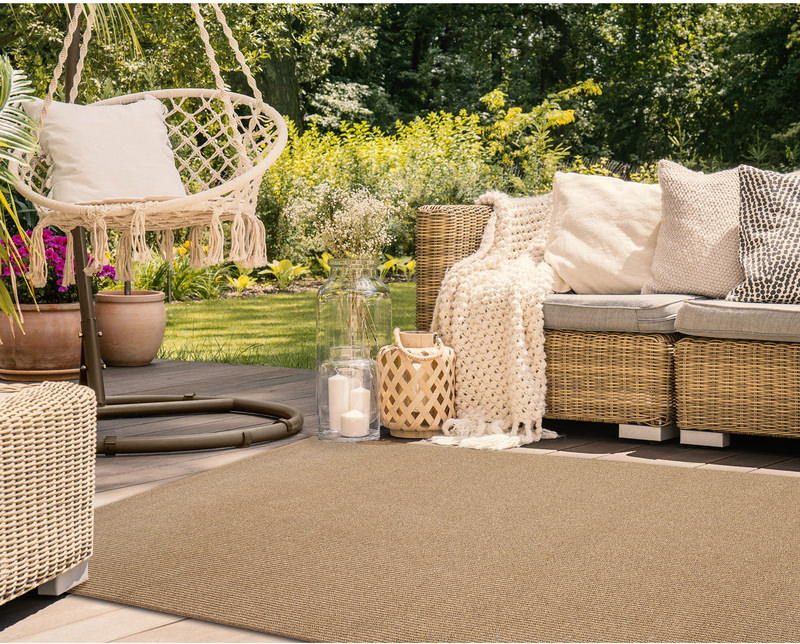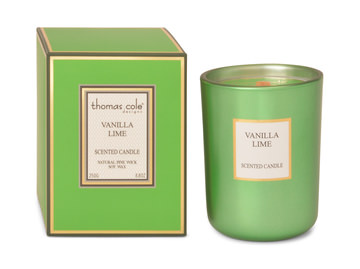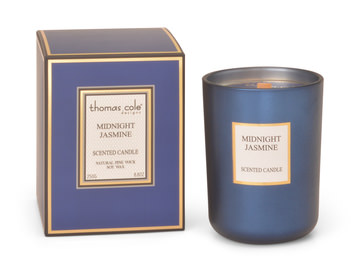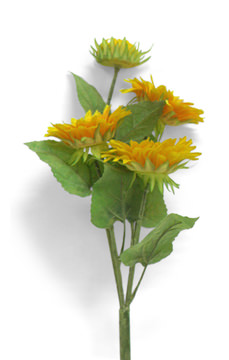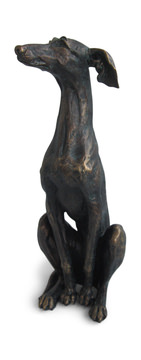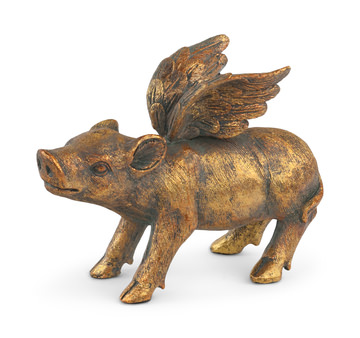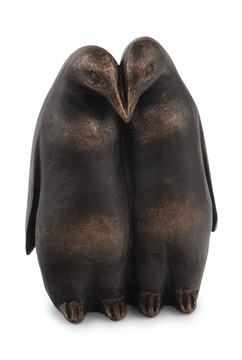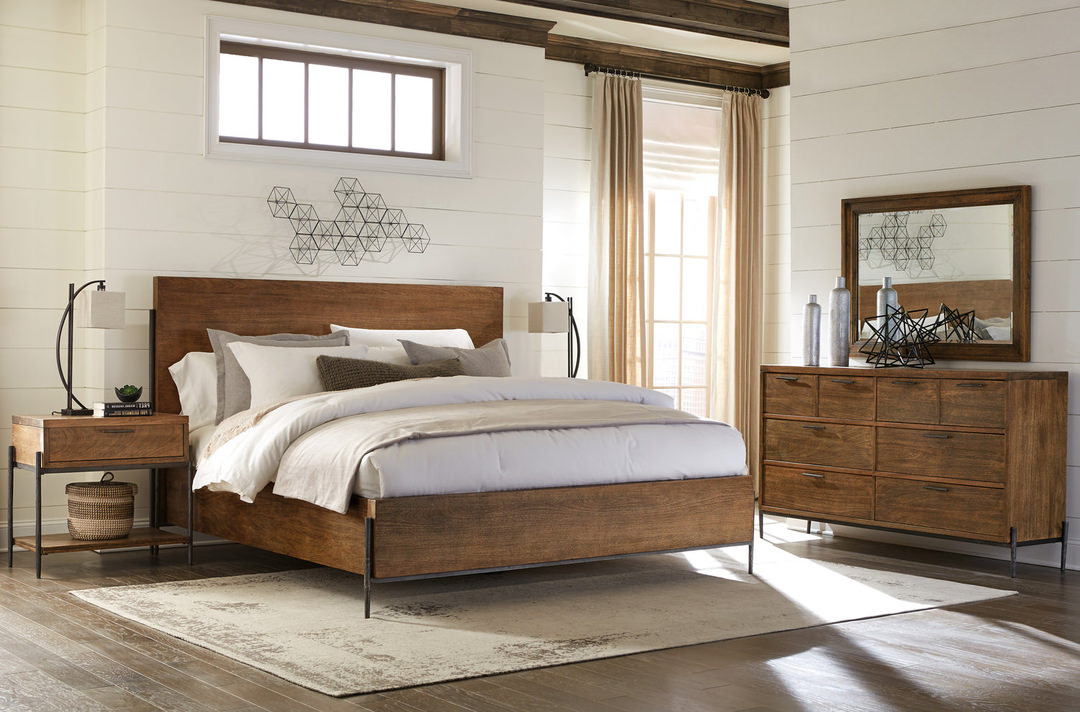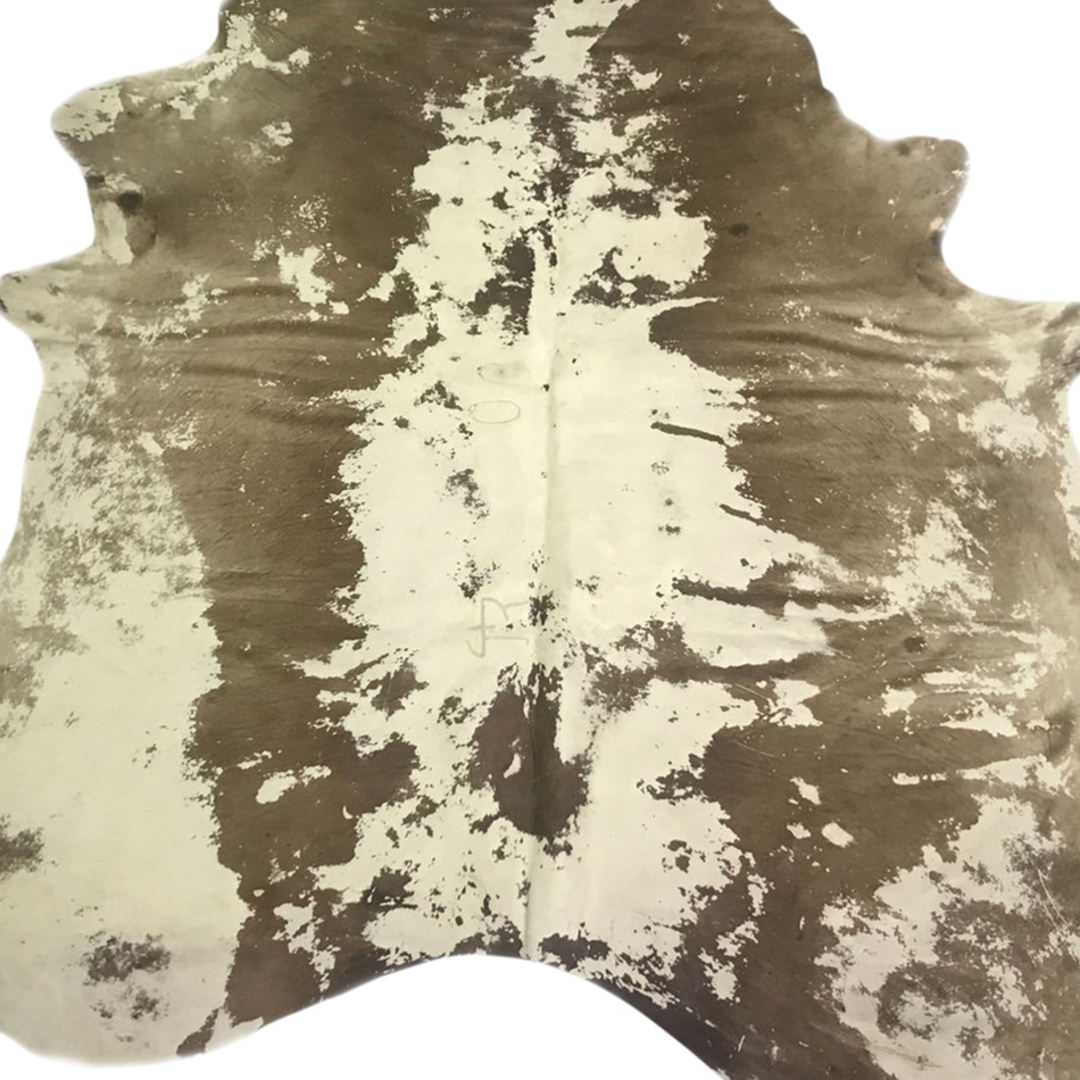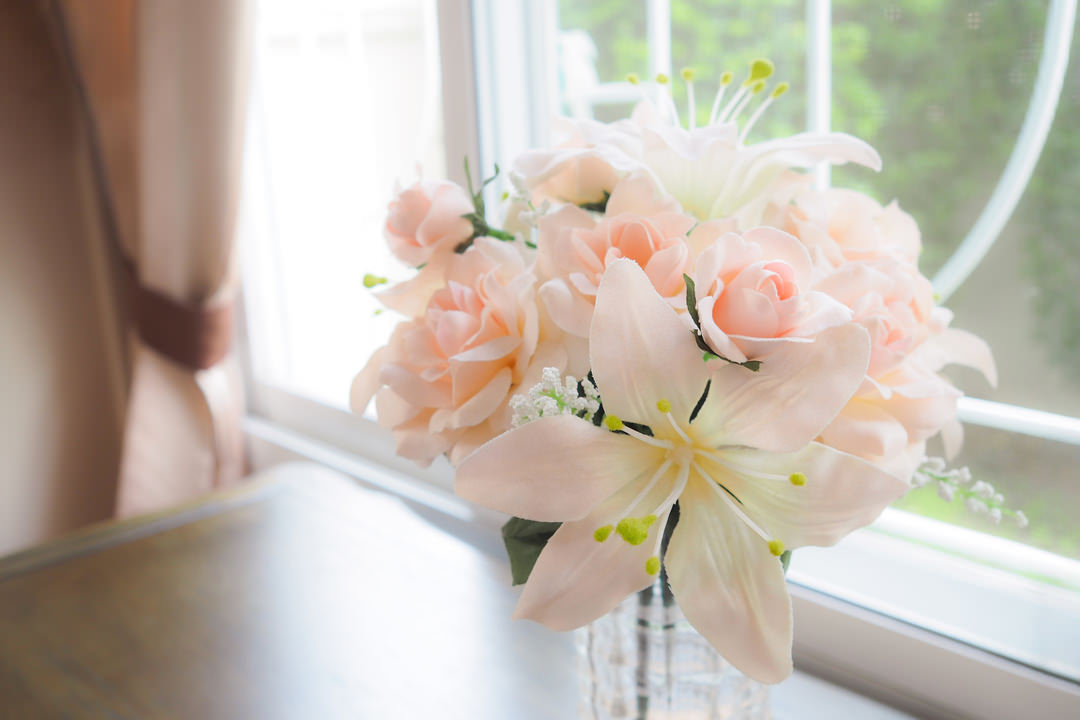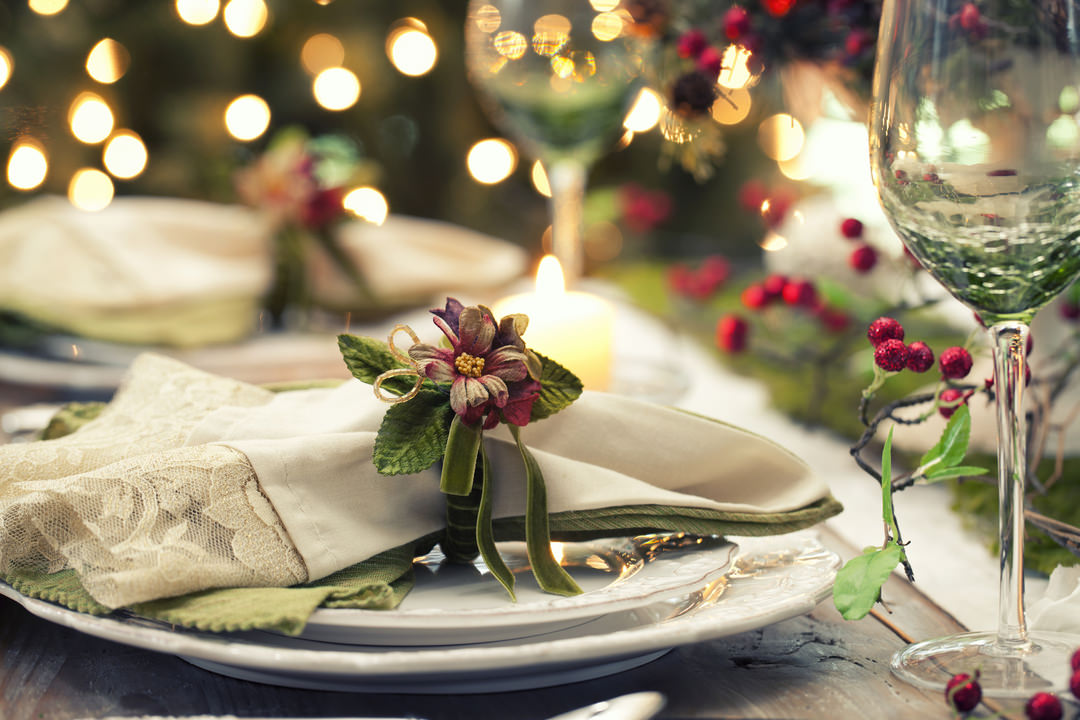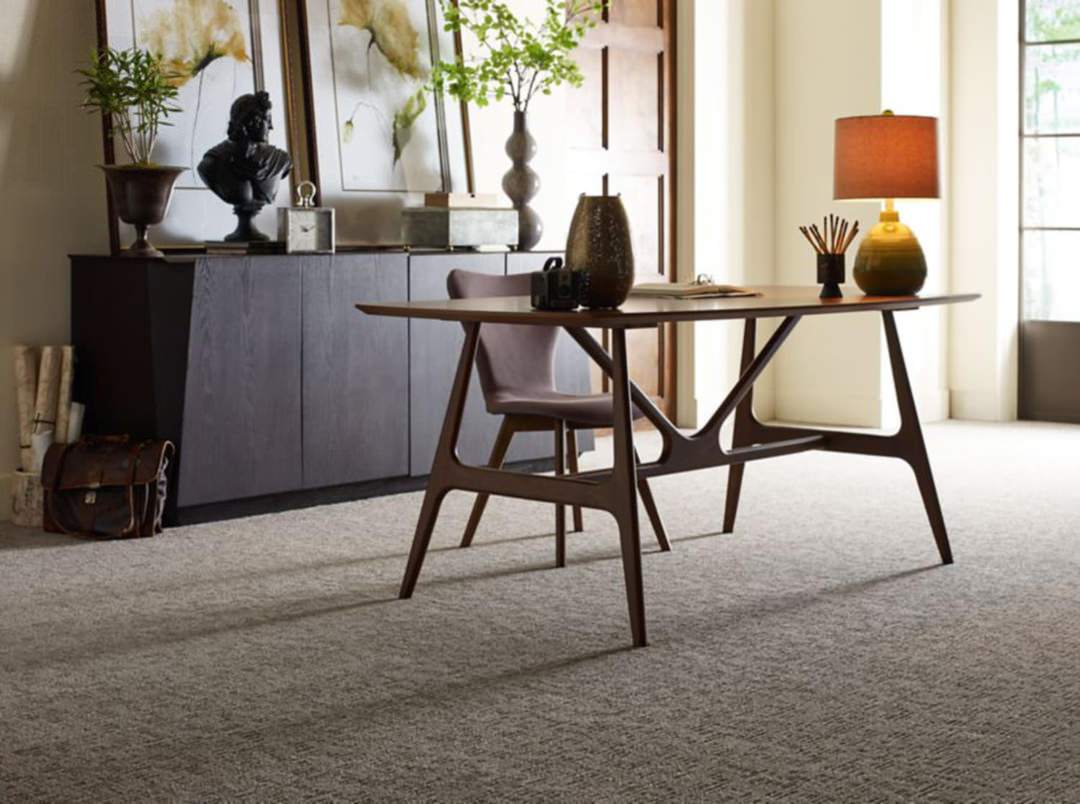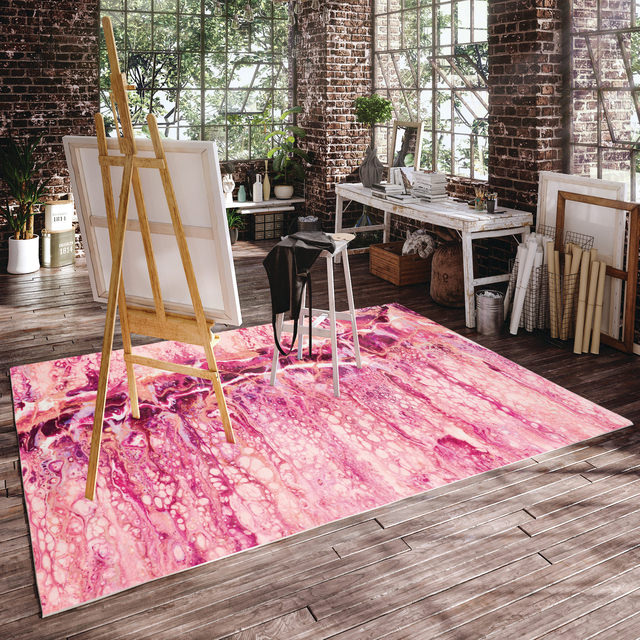Focus on Floating Shelves
Create a flexible art display that’s easy to update with the seasons.

Everyone likes to display artistic objects in the home. Whether they’re bowls or bottles or books, candles or trophies or vases or small sculptures, it’s nice to have your favorite things on exhibit where everyone will enjoy them. Sometimes, though, they get crowded onto bookcases or the tops of dressers, or worse, they wind up in a closet because there’s no place for them. The solution to this problem might be decorative shelving attached directly to your wall. With a few extra shelves, you can enliven your home whatever the season.
What’s a floating shelf and how do you get one?
Some shelves are held to the wall with brackets, but others, called floating shelves, attach with no visible means of support. They might have hidden bracketing, attach directly to the studs or even be held to the drywall with toggles. (Toggles are surprisingly strong, with some rated to hold up to 50 pounds, but be careful how much weight you ask these to support!)
You can buy display shelves ready to hang or build your own. There are simple wooden planks or artful looking units with multiple shelves. Whether you choose a floating shelf or install a shelf with brackets, though, the possibilities are the same. They can provide storage, maximize space utilization (they don’t take up any floor space), create a point of interest in a room and hold a flexible art display that’s easy to update throughout the year.
Shelves, especially floating shelves, can be of just about any kind of wood. Pine is common, but you might select a different wood species such as oak or cherry. They can be shiny and stained or feature a rough-hewn and rustic look. They don’t even have to be wooden; there’s no rule against lightweight metal or possibly glass.
Your shelf can be long or short, but there’s no reason it has to be merely a rectangular plank. Add sides to a pair of horizontal boards and build a box. Make a triangular shelf in a corner.
Shelves are willing to go anywhere and in almost any configuration. A couple long floating shelves might run wall to wall. A column of narrow ones could rise to the ceiling. Shelves can be staggered, offset or combined with boxes to create an effect that’s as artistic as the objects displayed on them.
How big should they be and where should they go?
Shelves typically have a depth of about 7 to 15 inches. If they’re unbracketed floaters, they’ll need to be on the narrower side. With the larger widths, be careful not to set heavy objects near the outer edge. In general, they should start no lower than 4-5 feet in a living room or 5-6 feet in a hallway. They ought to begin about 10 inches above the back of a couch and a couple feet above a desk, high enough to make room for a computer screen.
As to vertical spacing, 8 to 12 inches between shelves is a rule of thumb, but slightly more if you’re going to display large books or sizable artwork.
And they don’t have to be neatly lined up, one above the other. They can be staggered or arranged into a pattern. You might criss-cross them in a corner, or stagger them over or below a staircase.
Which rooms are good for display shelving?
Any room in the house! Not only living rooms, dens and bedrooms, but also kitchens, laundry rooms and bathrooms. In some of these places they’re more likely to be put to practical use, such as holding dishes, cups, glasses, towels and laundry supplies. Augment your cabinet storage with shelving, reclaiming wall space that would otherwise go unused.
But, in general, your shelves will exist more to show than to stow. And the beauty doesn’t have to come only from what you exhibit. The shelves themselves make an artistic statement by echoing the theme of the room. A white (or colored!) shelf might match the baseboard. You can feature a sleek stained shelf in a modern living room or a rustic wall shelf for a farmhouse look in a kitchen. A glass shelf near a window is a striking spot to display a row of plants. You might even let greenery cascade to cover the shelf for a gardeny appearance.
Now the fun begins: filling your new shelves
What can you put on these shelves? Just about anything you want! Candles, vases, small sculptures. Artwork, either on the shelves themselves or adjacent on the walls. A single long shelf makes a wonderful platform for a line of small paintings and photographs. Showy dishes will brighten the kitchen. Box-style shelving is great for collections, such as a glass menagerie or a display of trophies surrounded by sports posters in that man cave.
The best part is, you can change what you’re looking at as often as you like with colors that match the season. Feature yellows in the spring, harvest colors in the fall, and reds and greens when the holidays arrive.
There’s a place and season for everything you’d like to show off. Whether they’re toys and books in a child’s room, bowls and bowl fillers in the dining room or decorative bottles in the kitchen, you’ll be delighted to have a spot to let the world to view them. Vases, lamps, clocks and wire sculptures can all have a turn on one of your dynamic display wall shelves.
